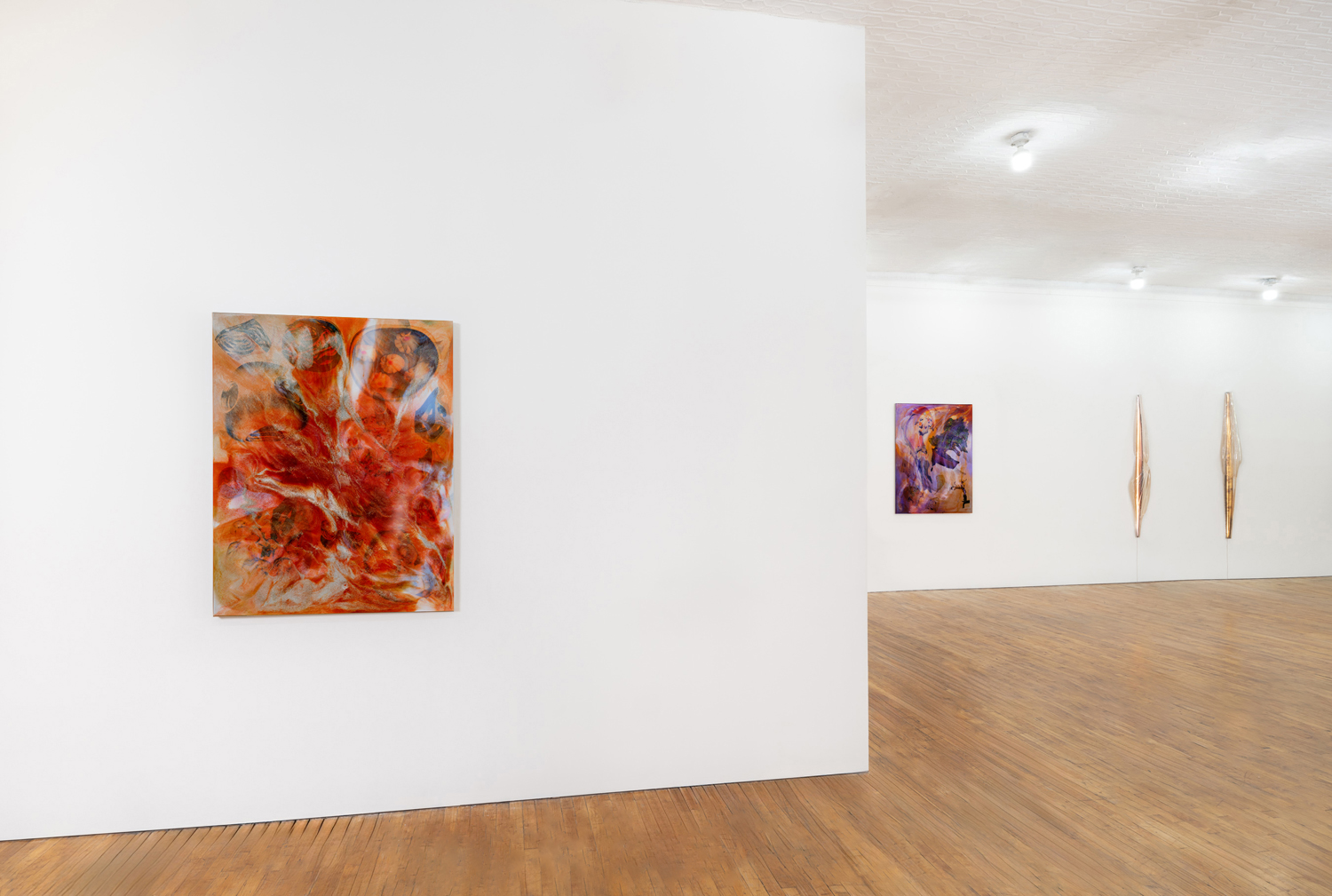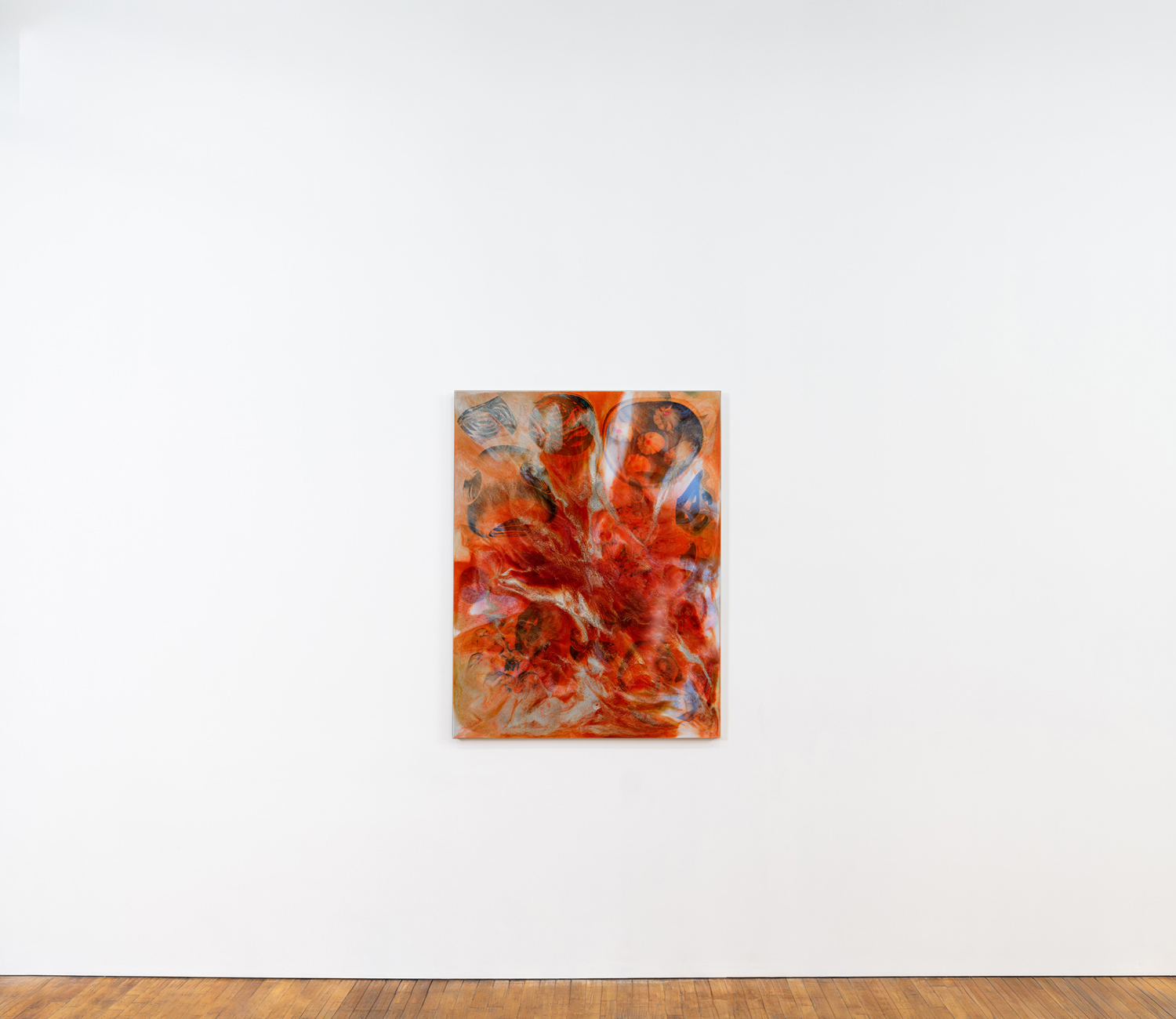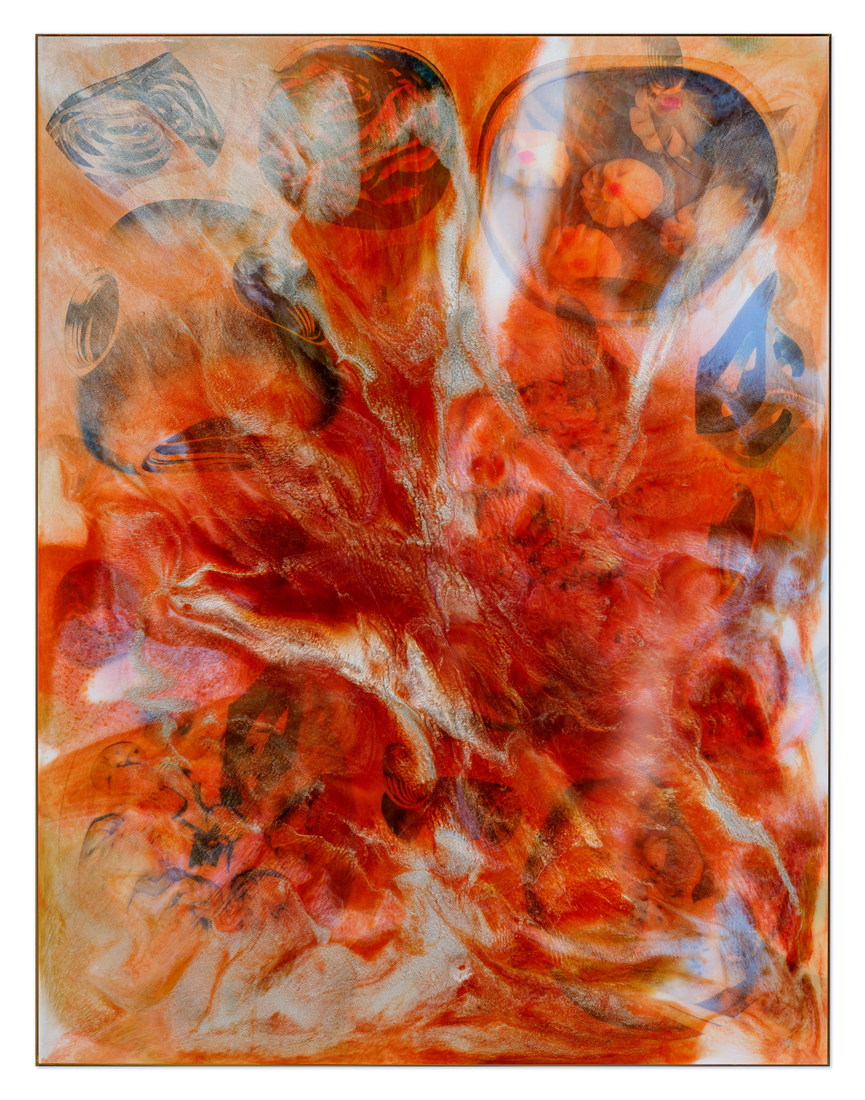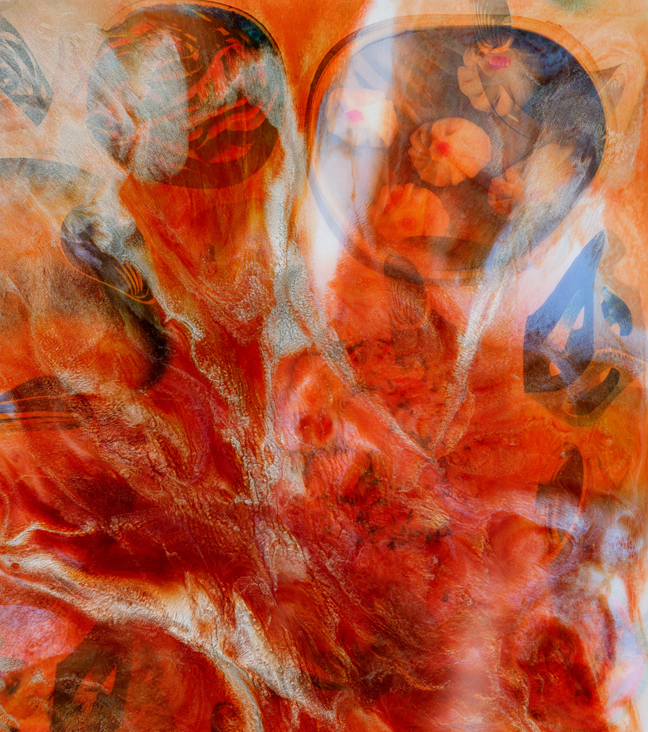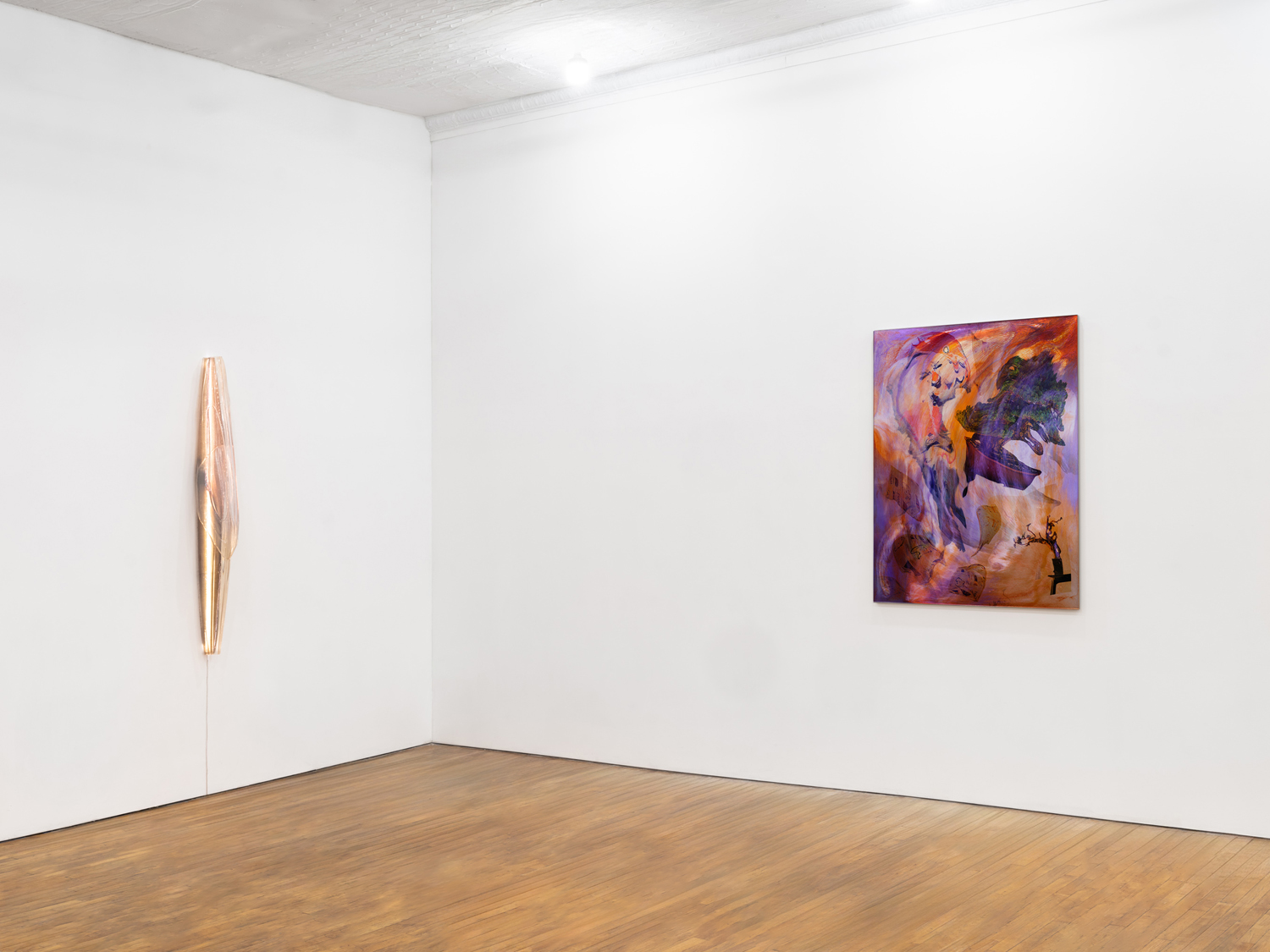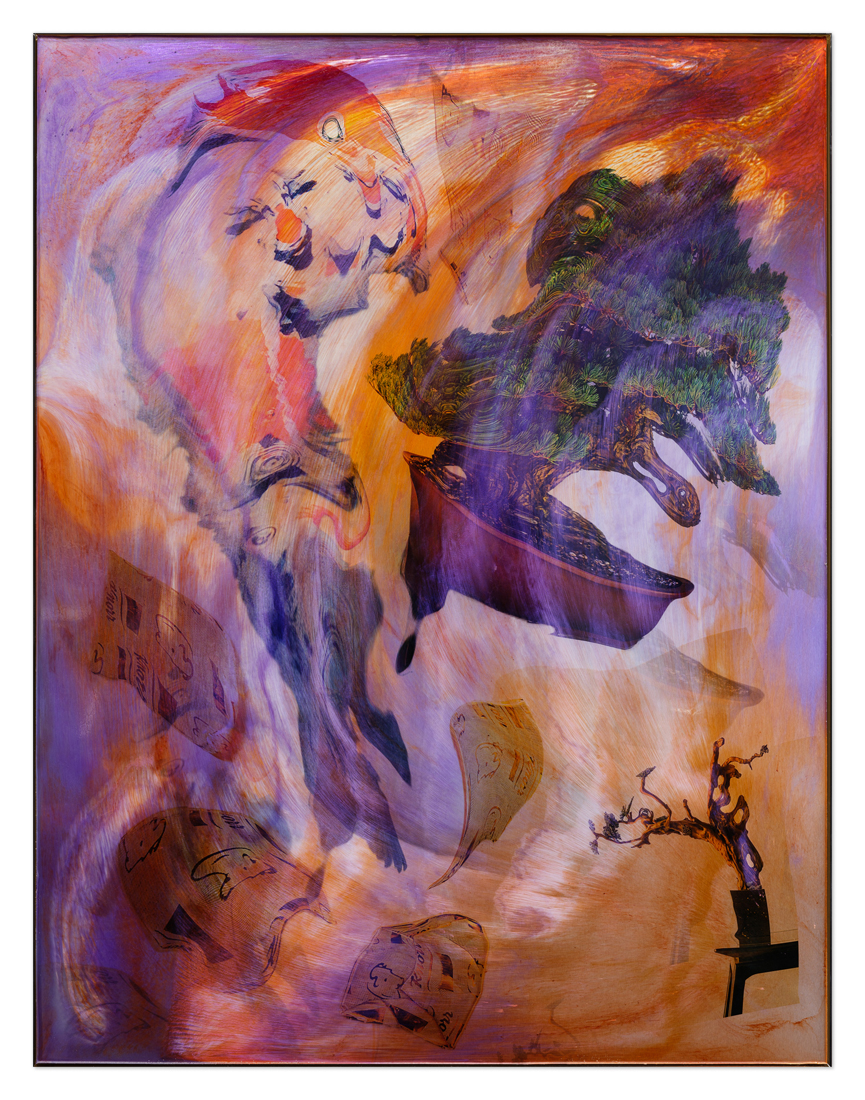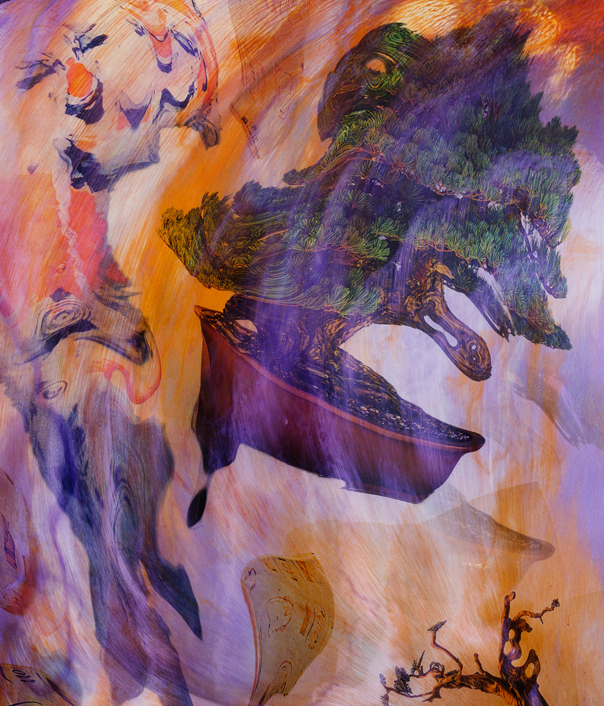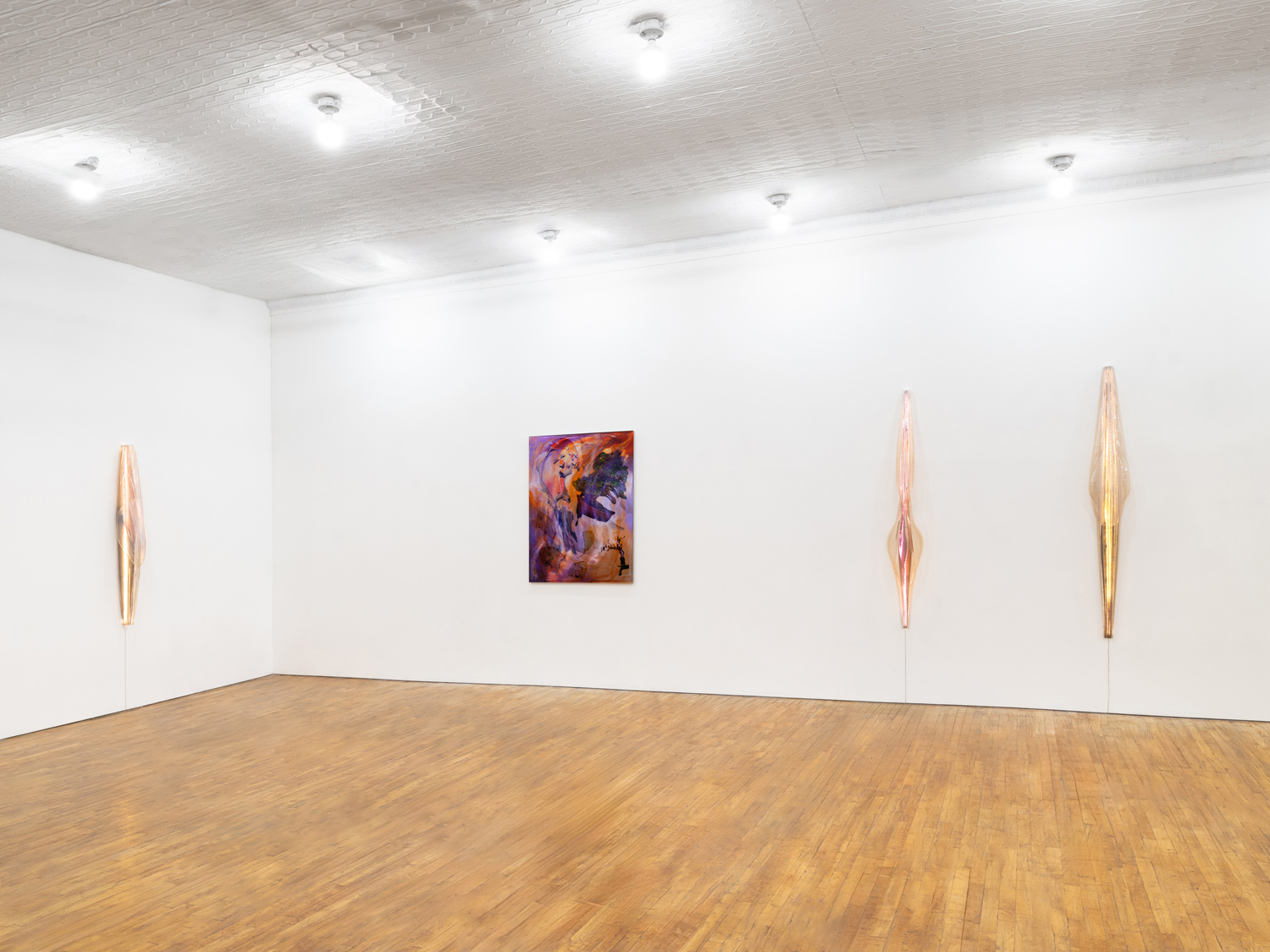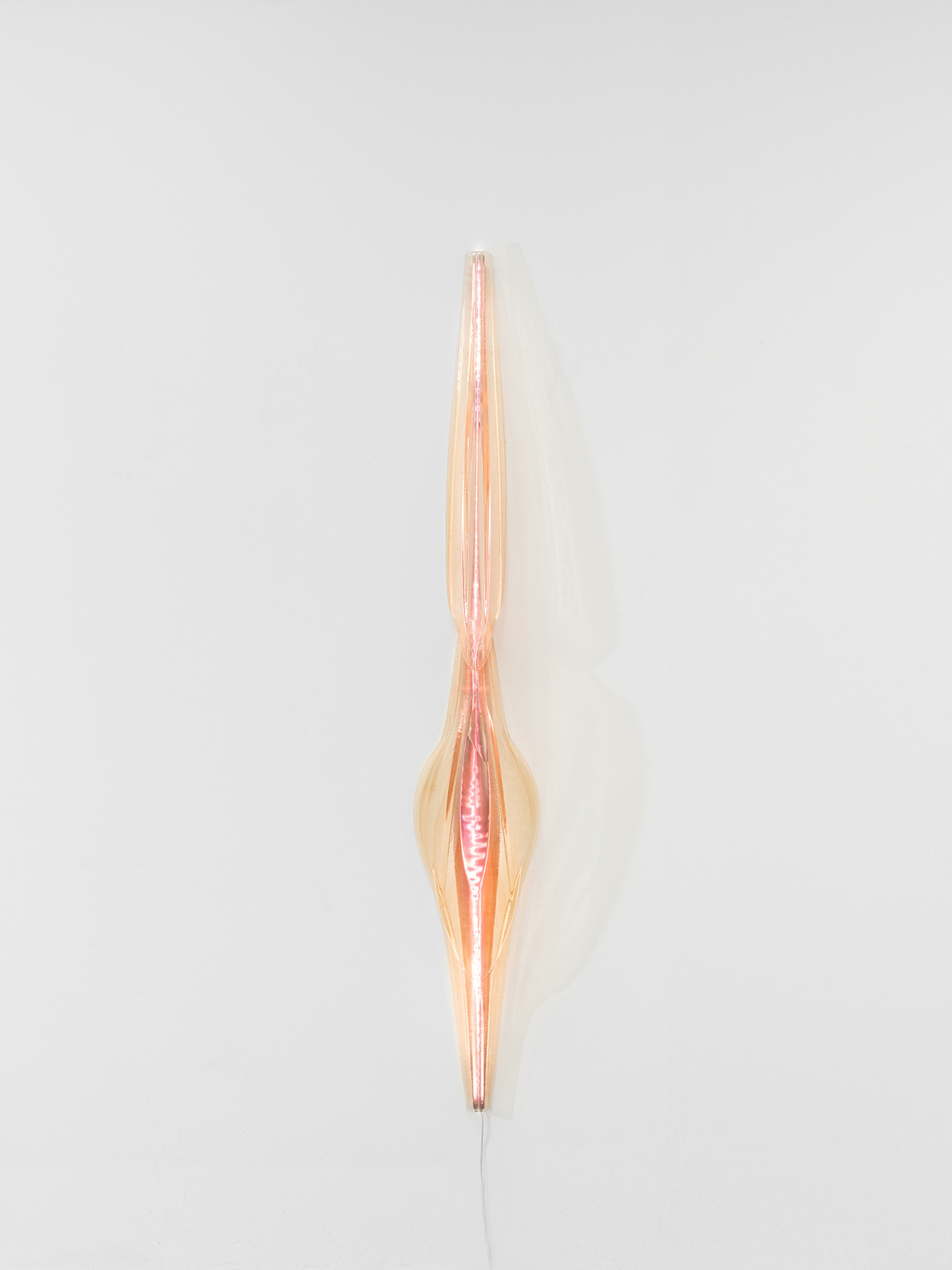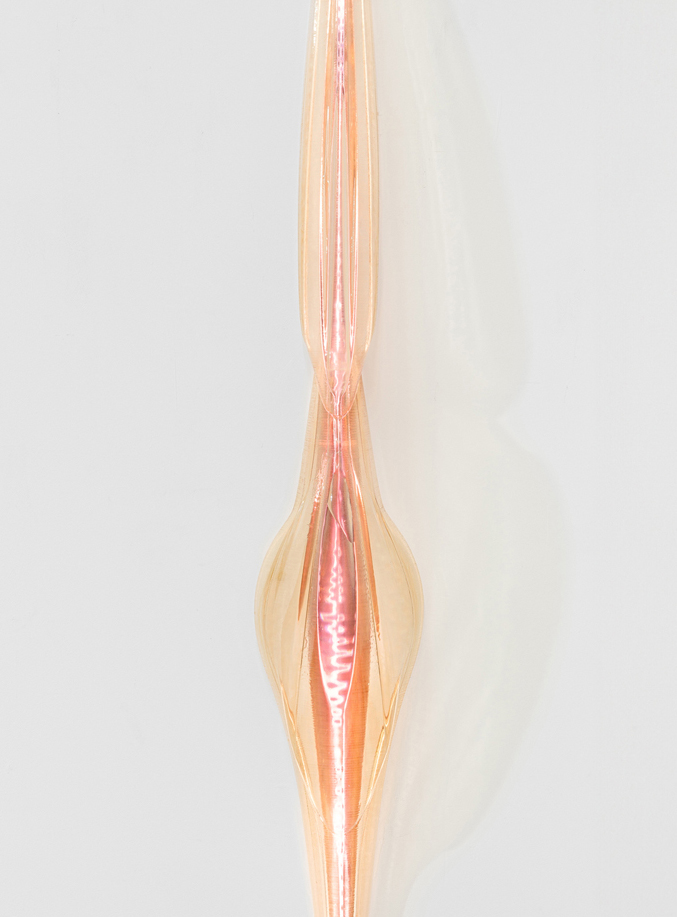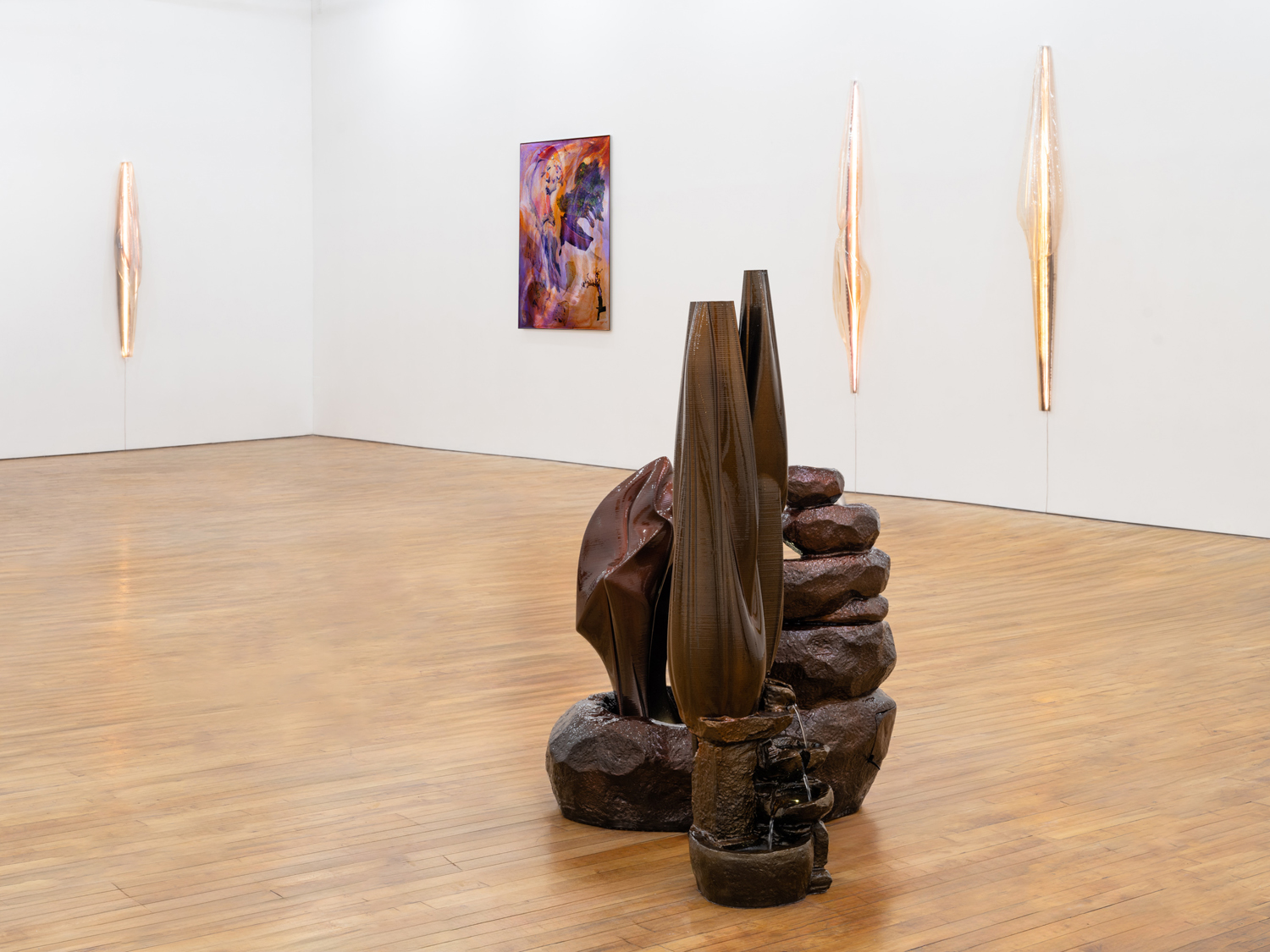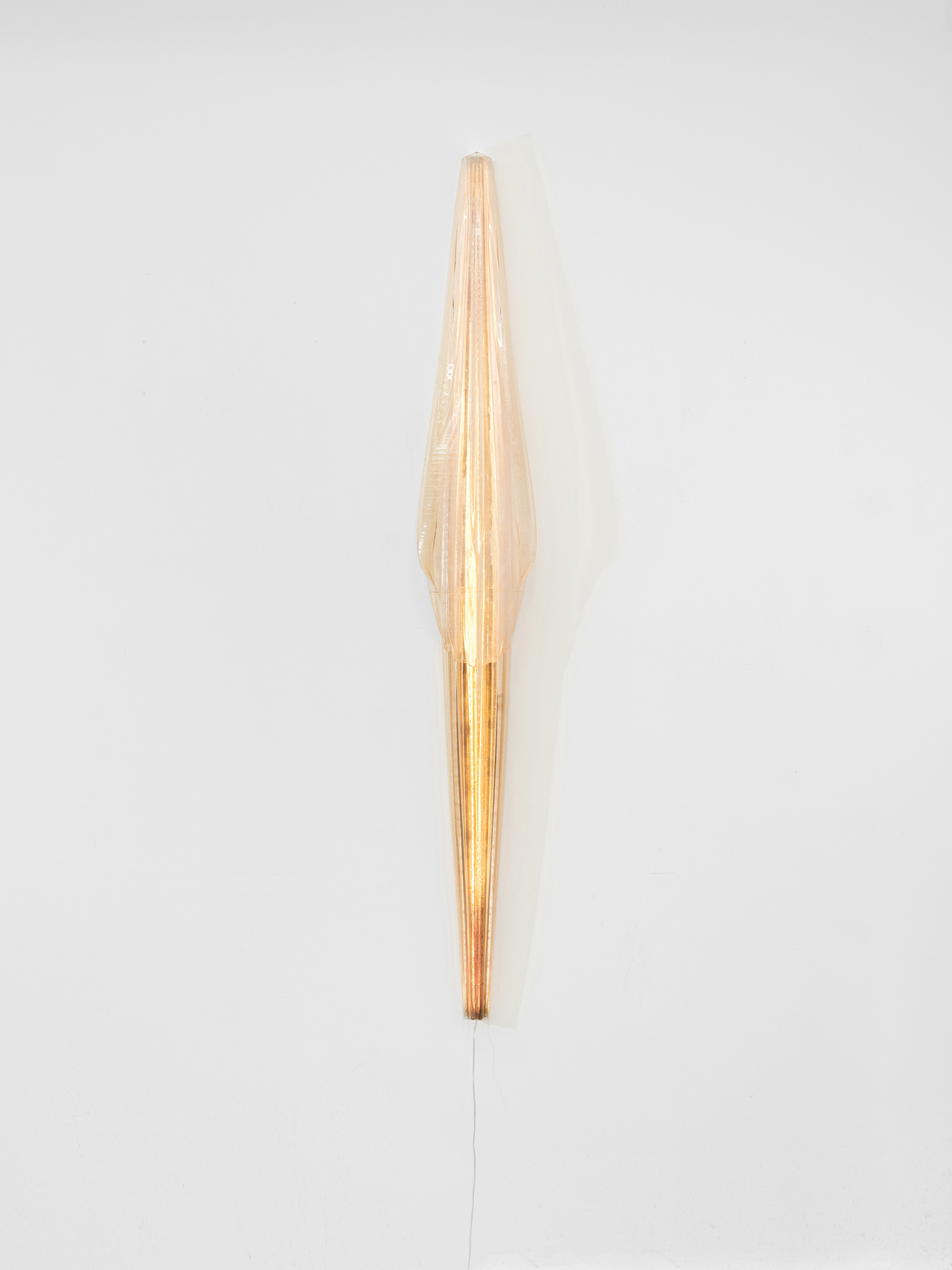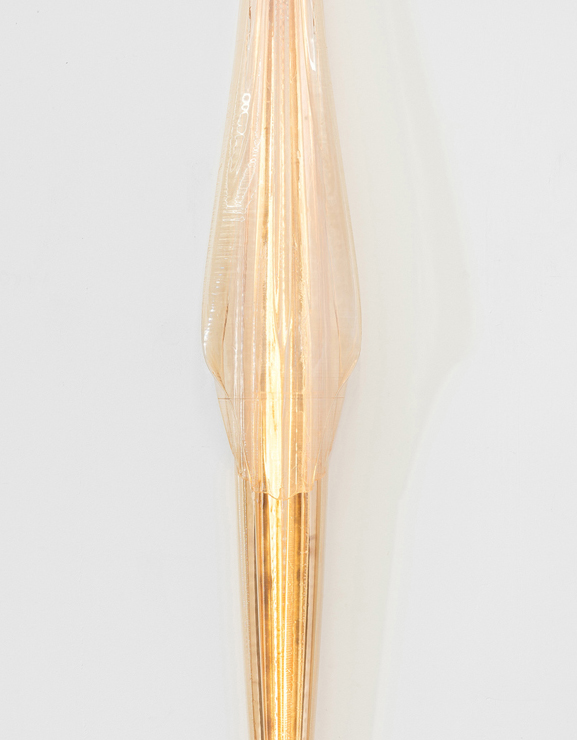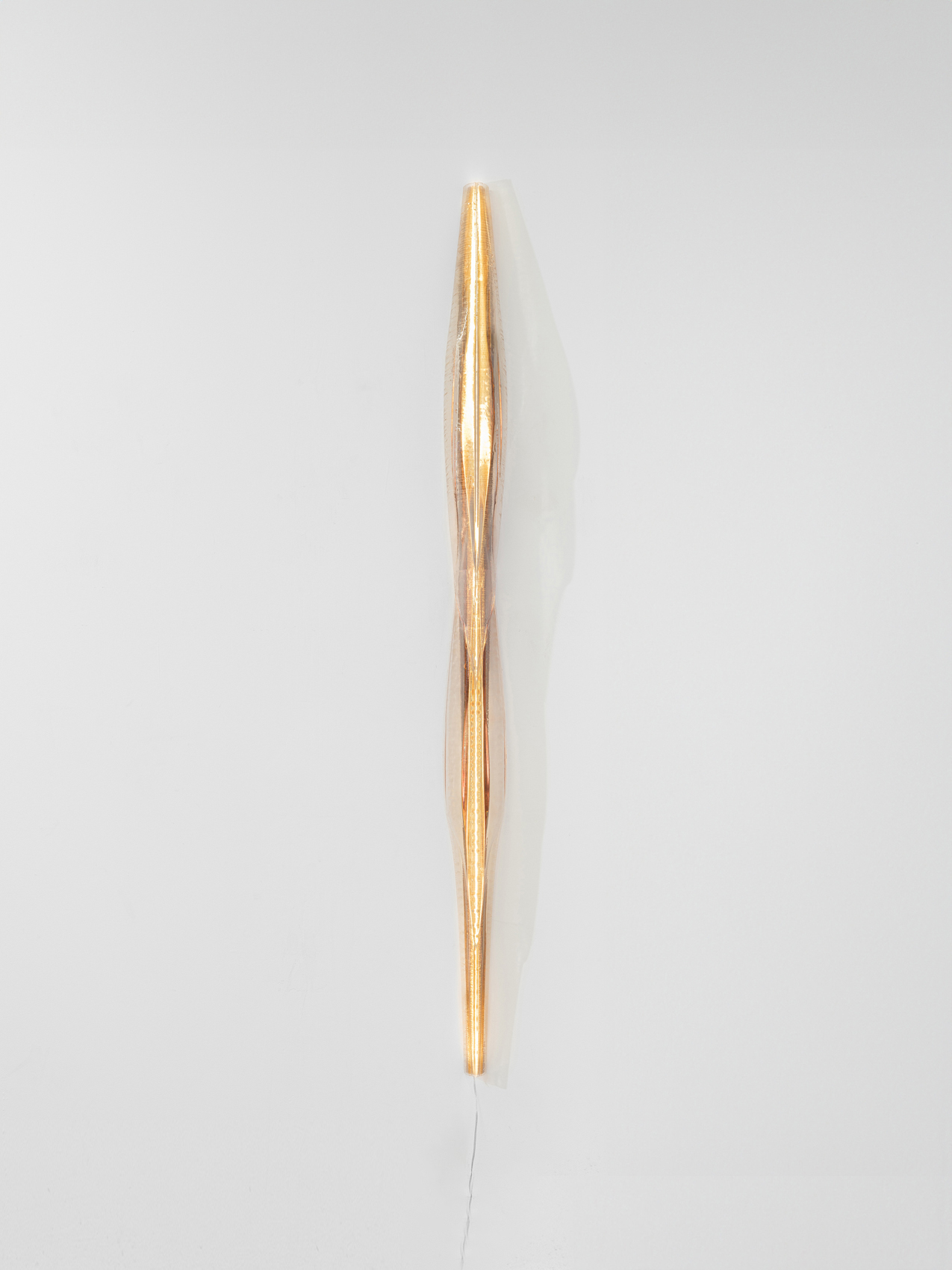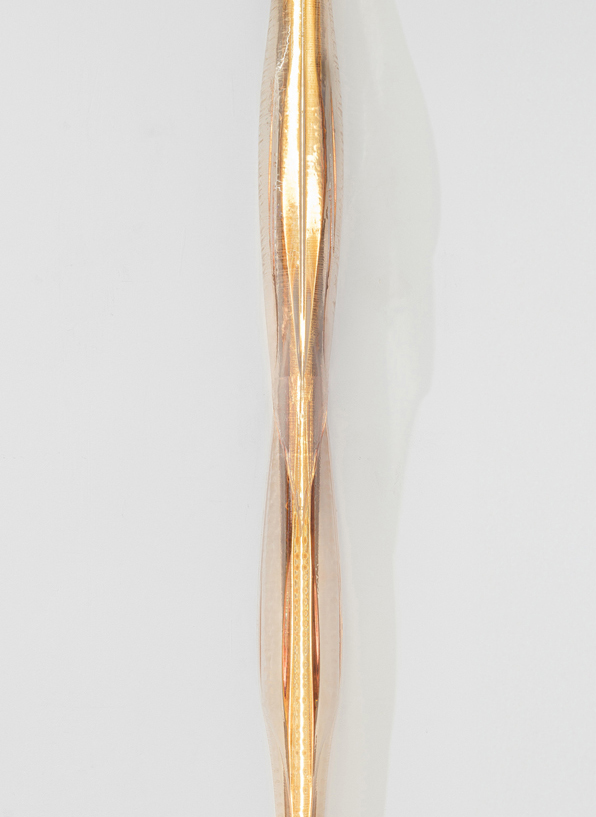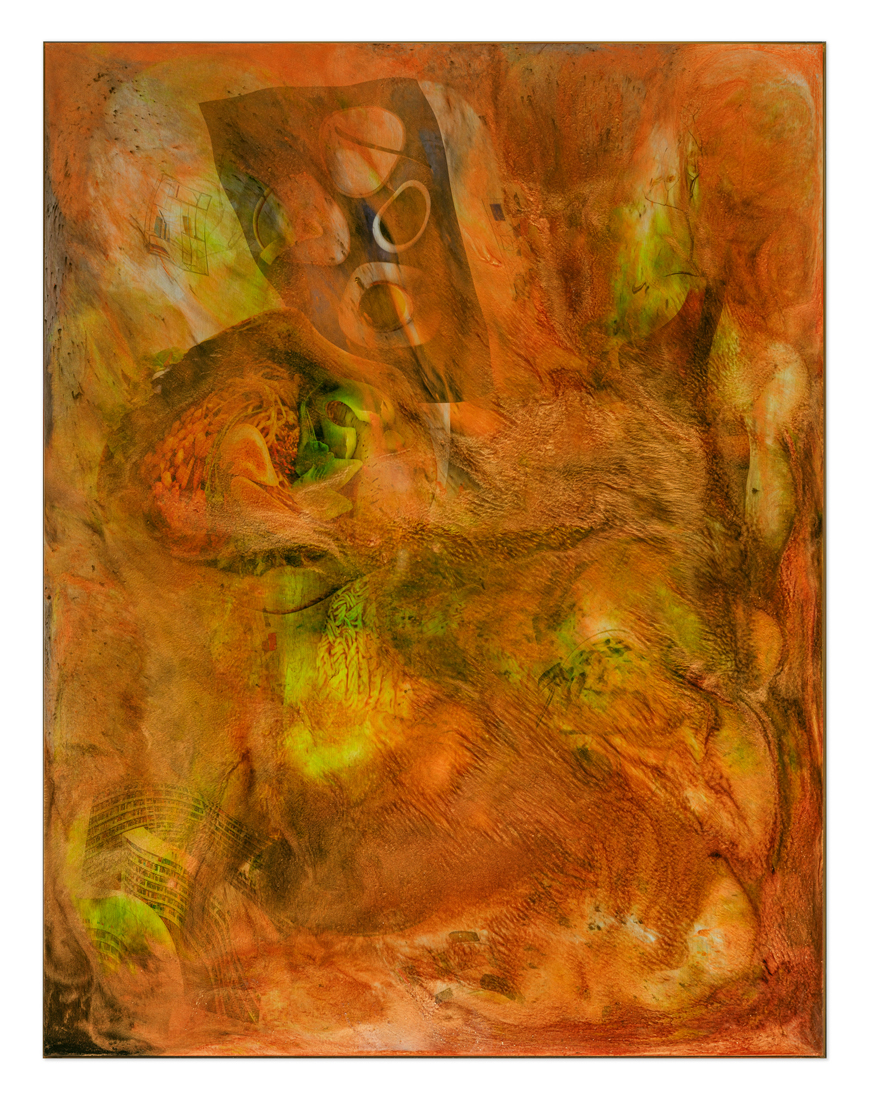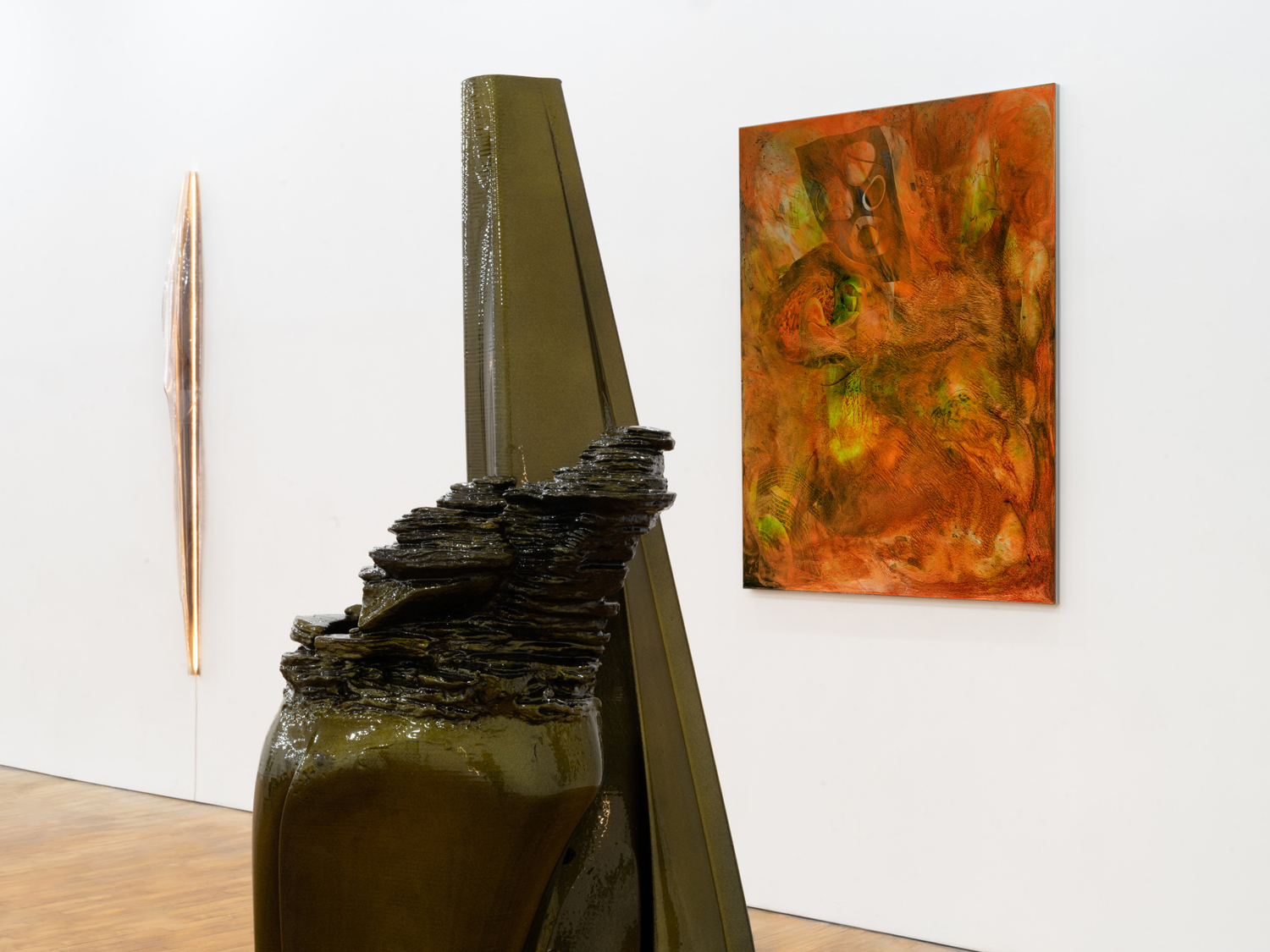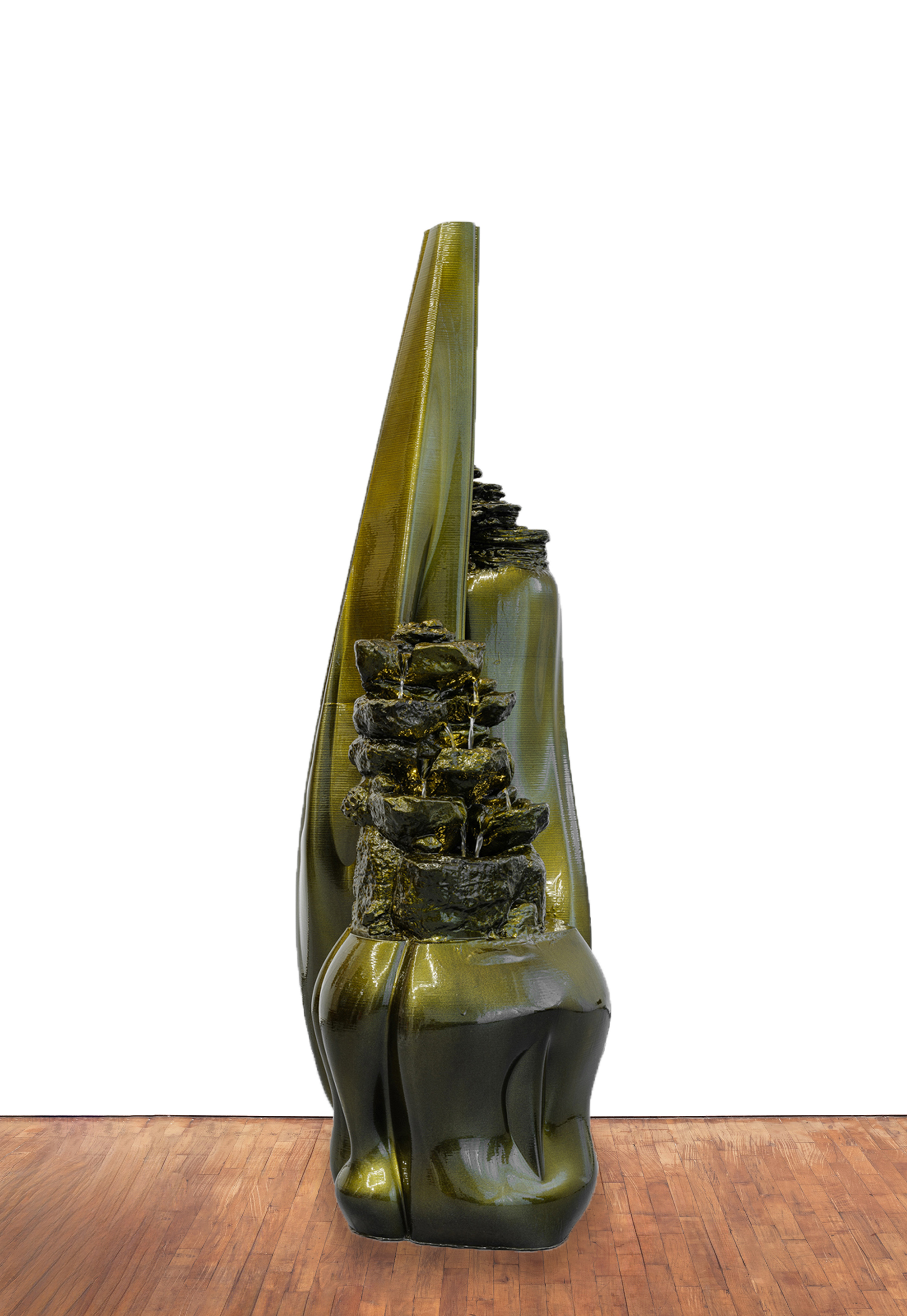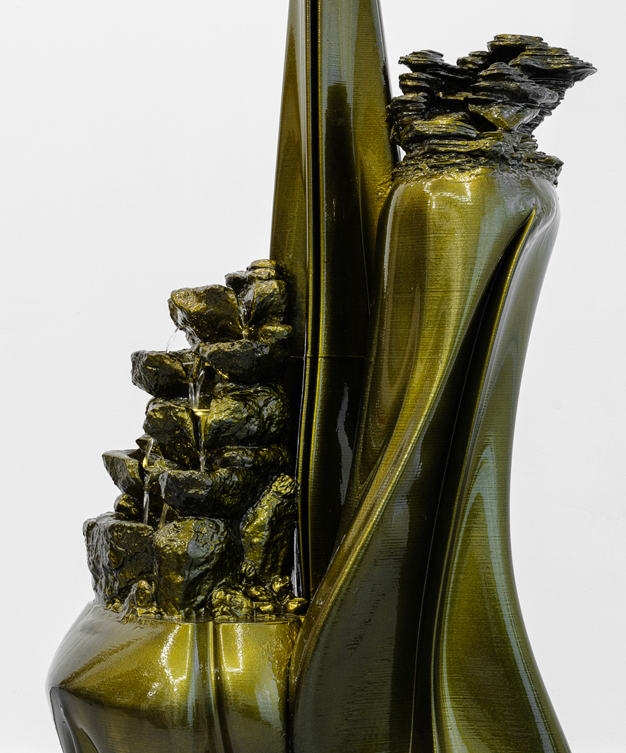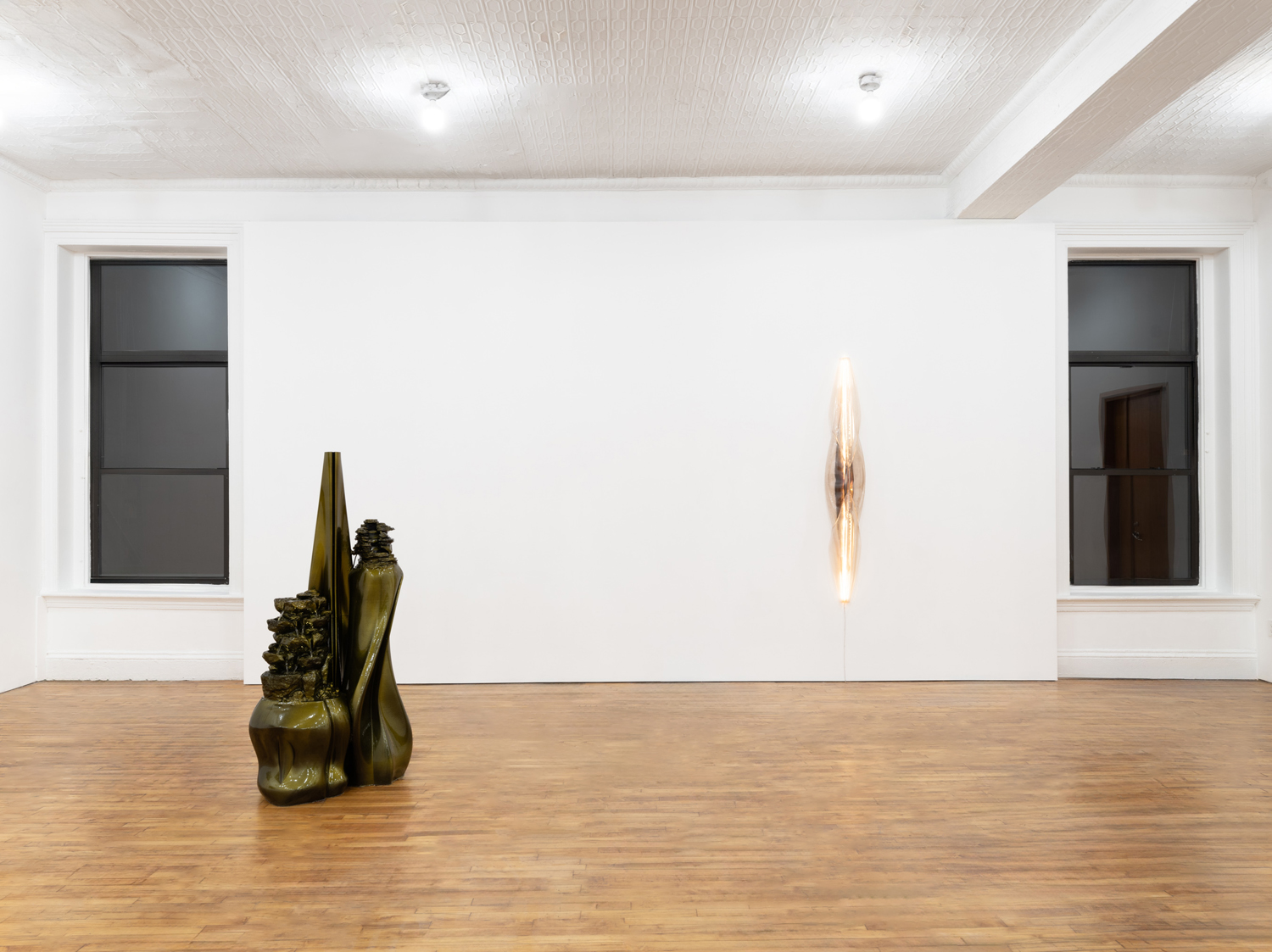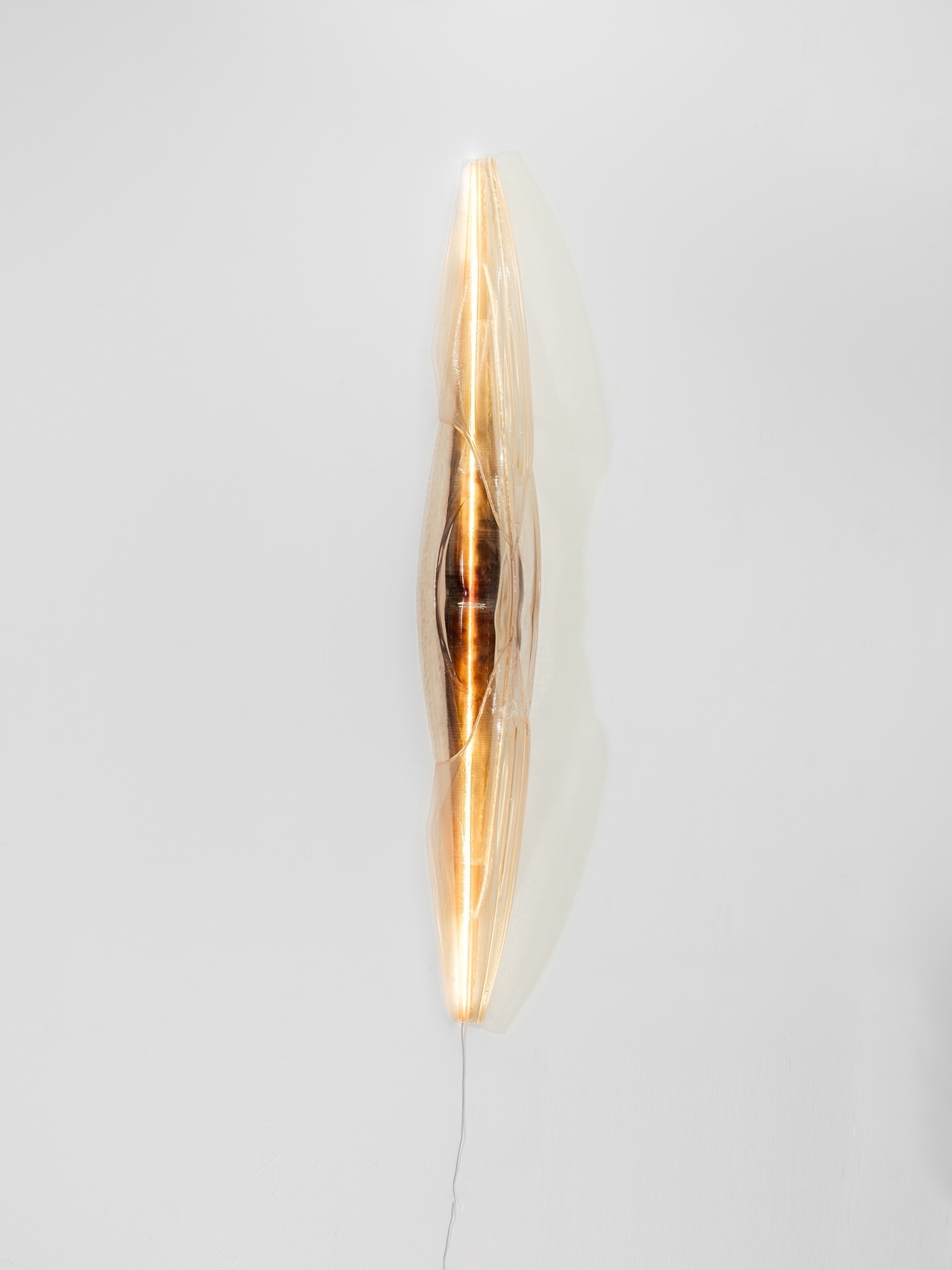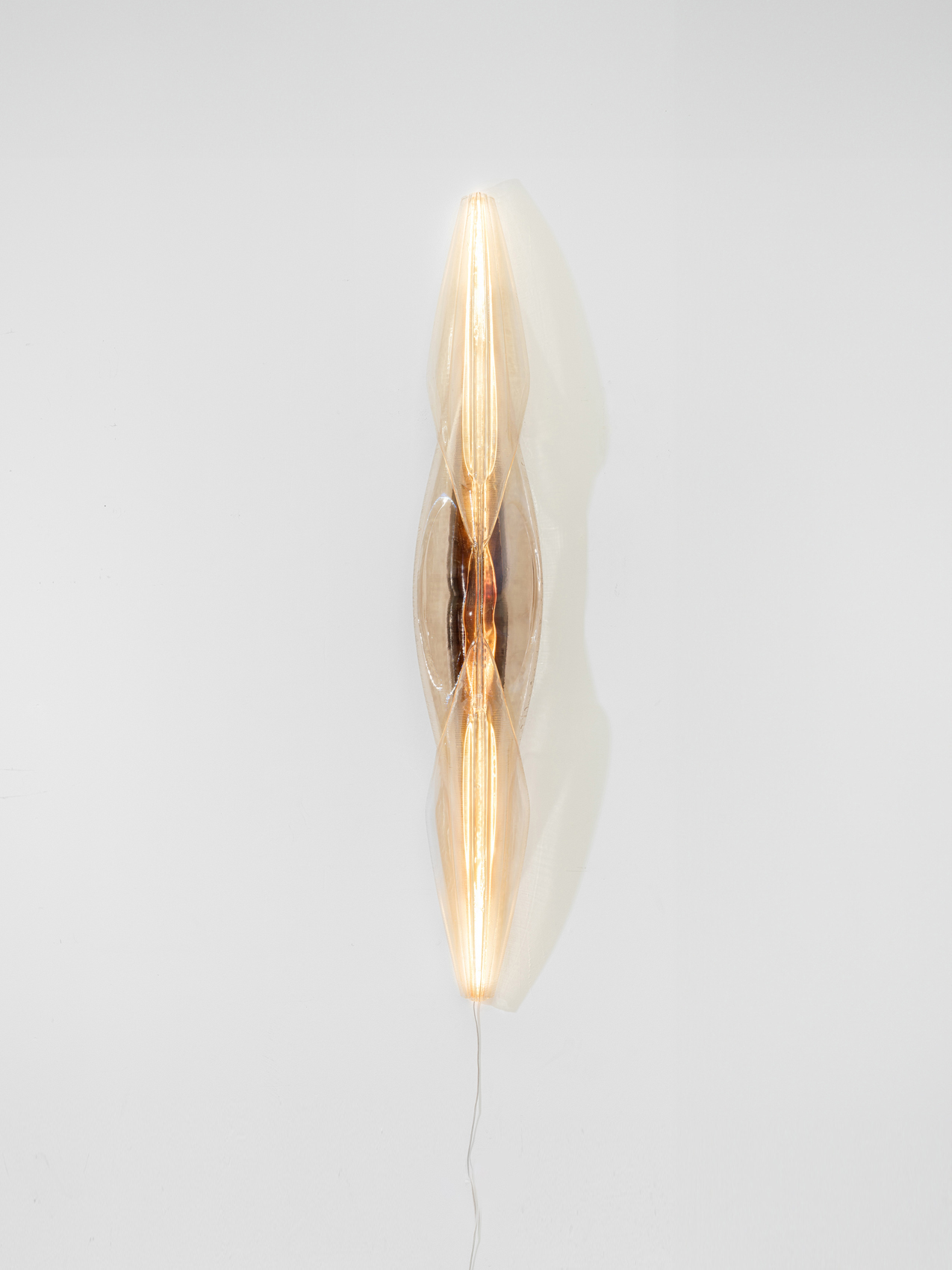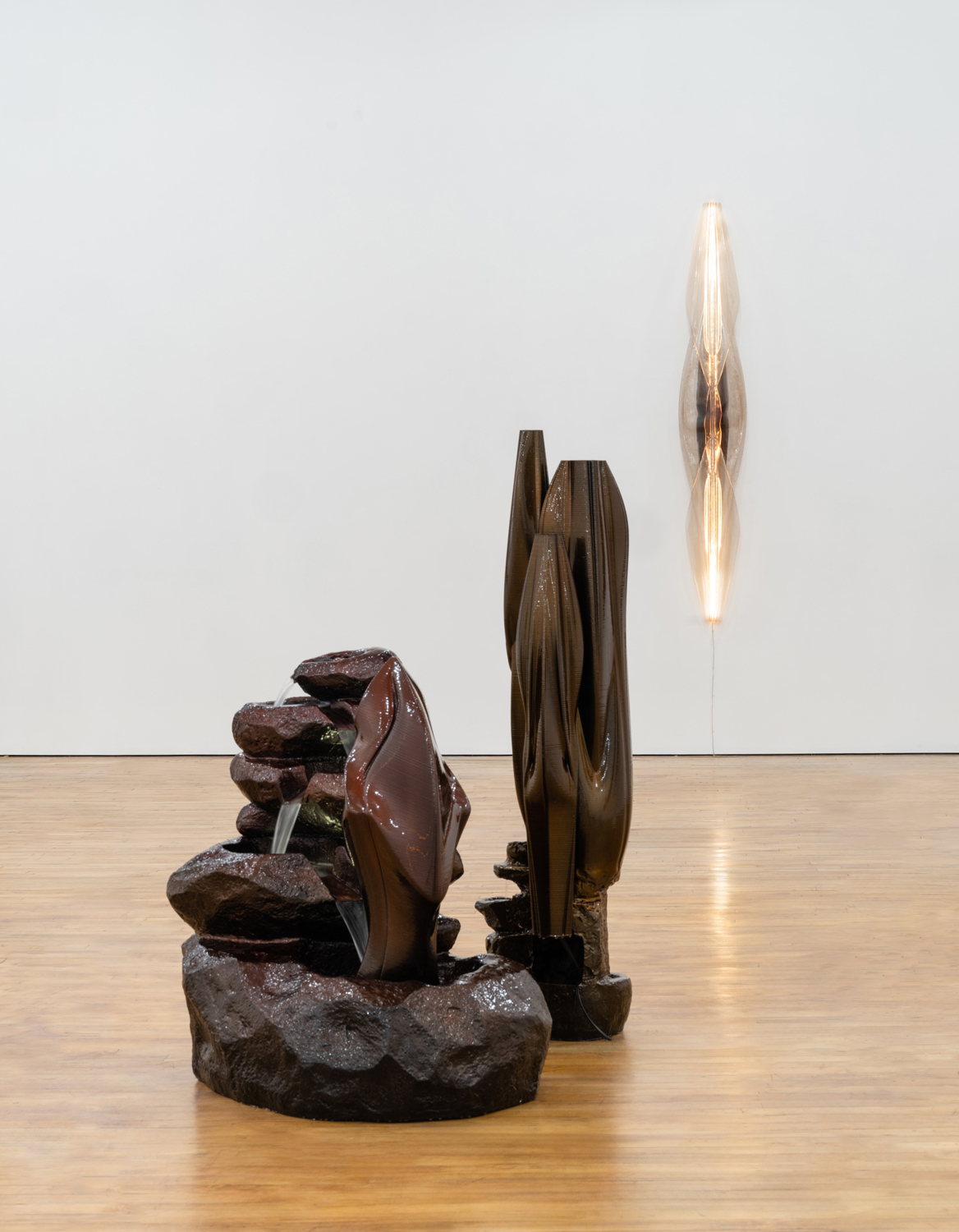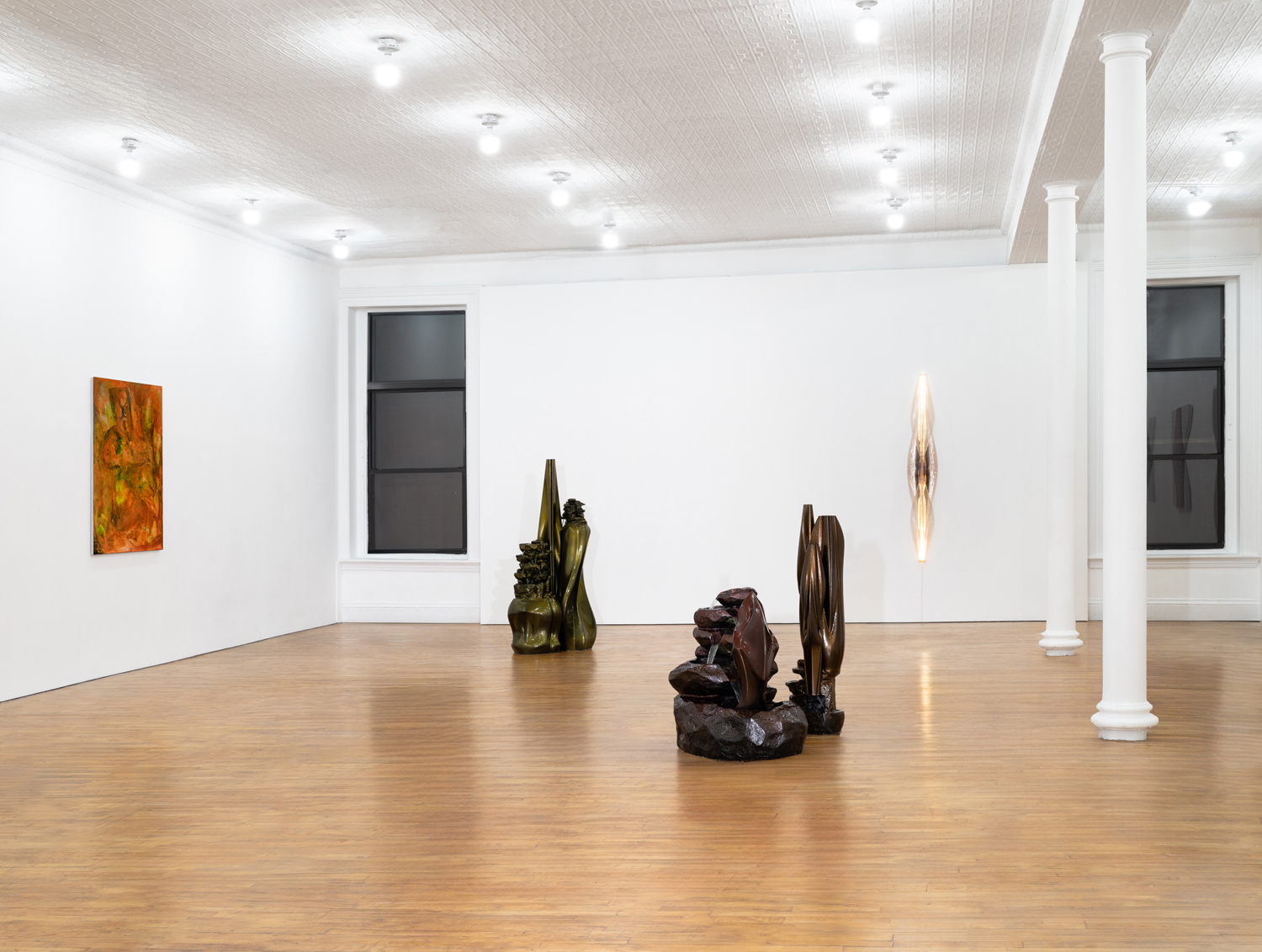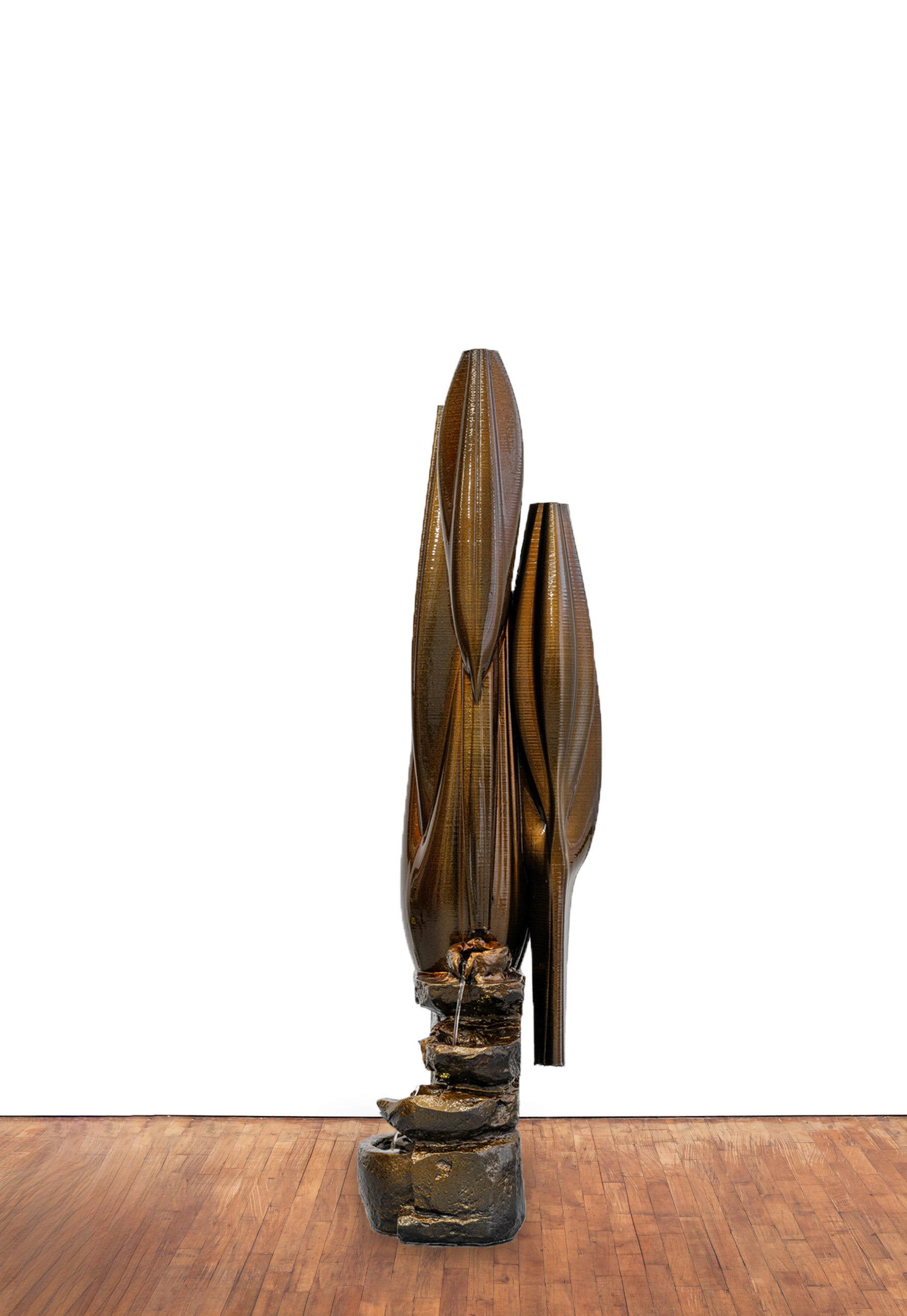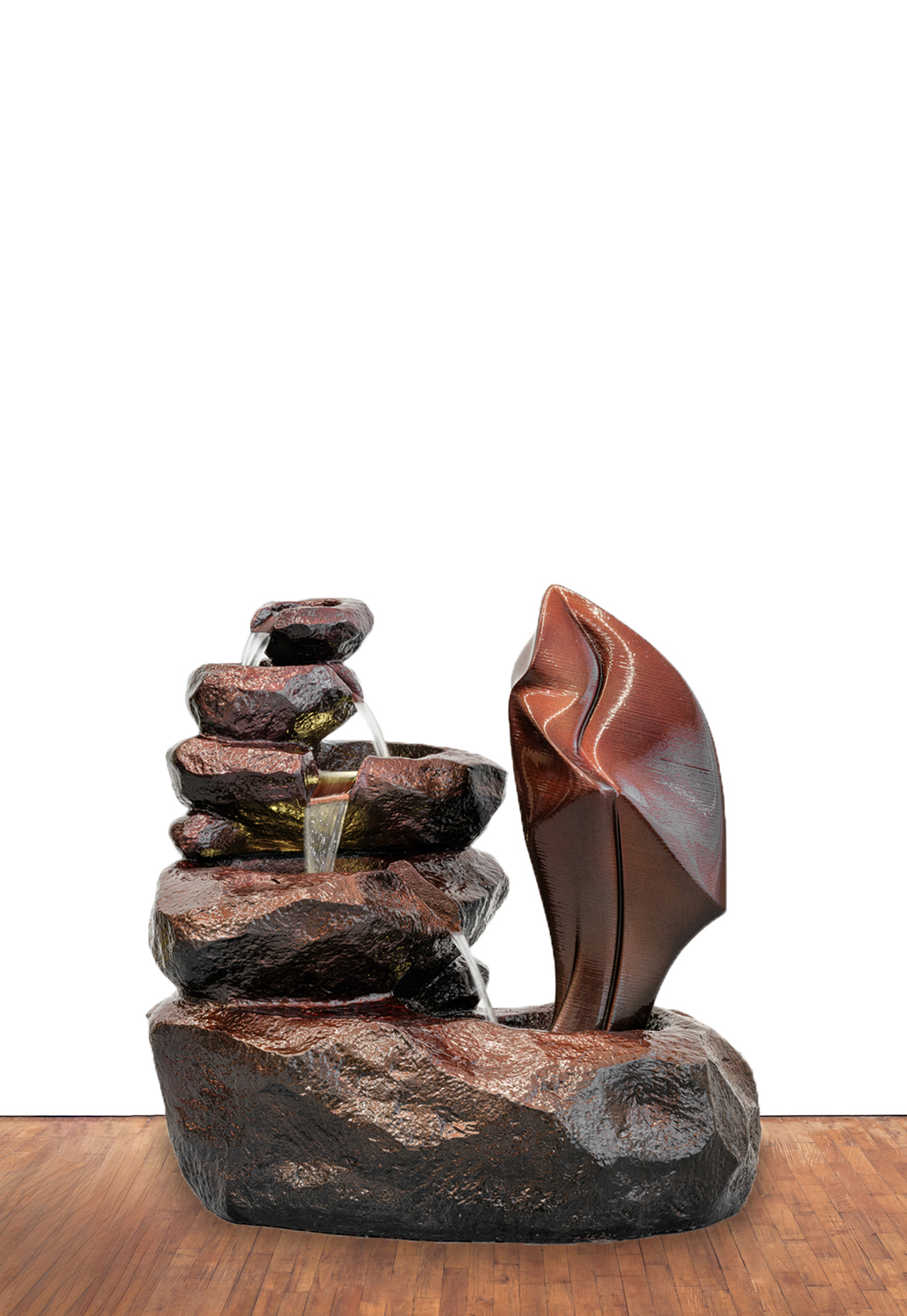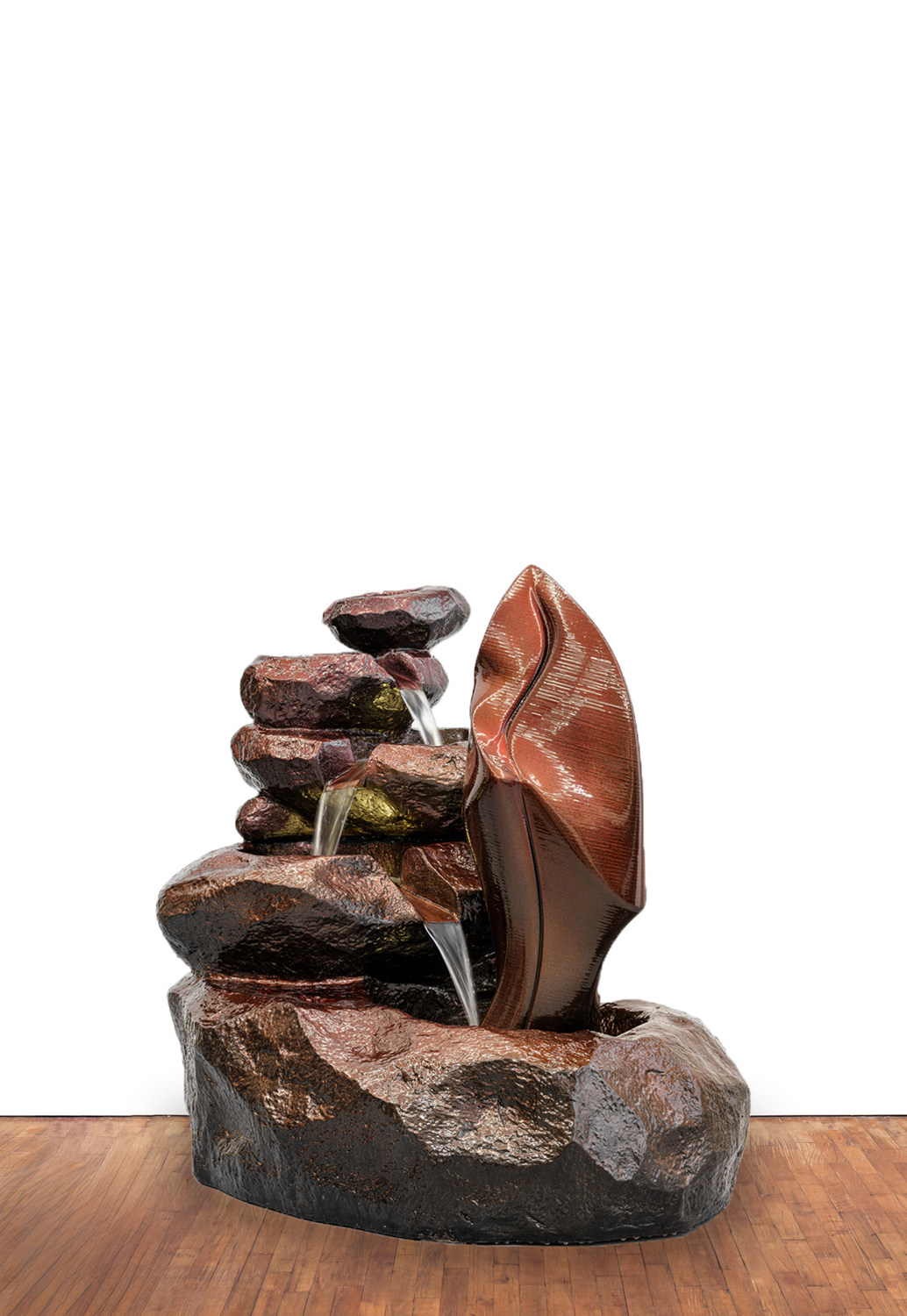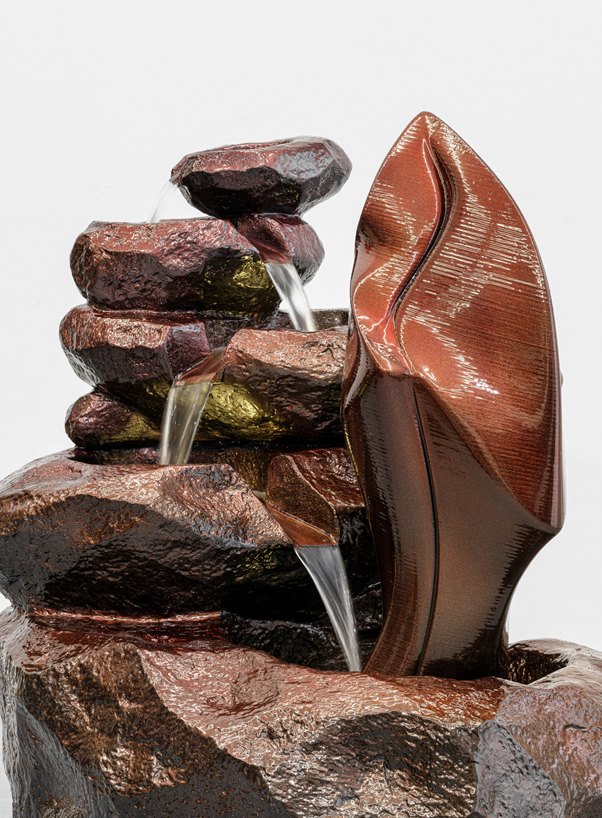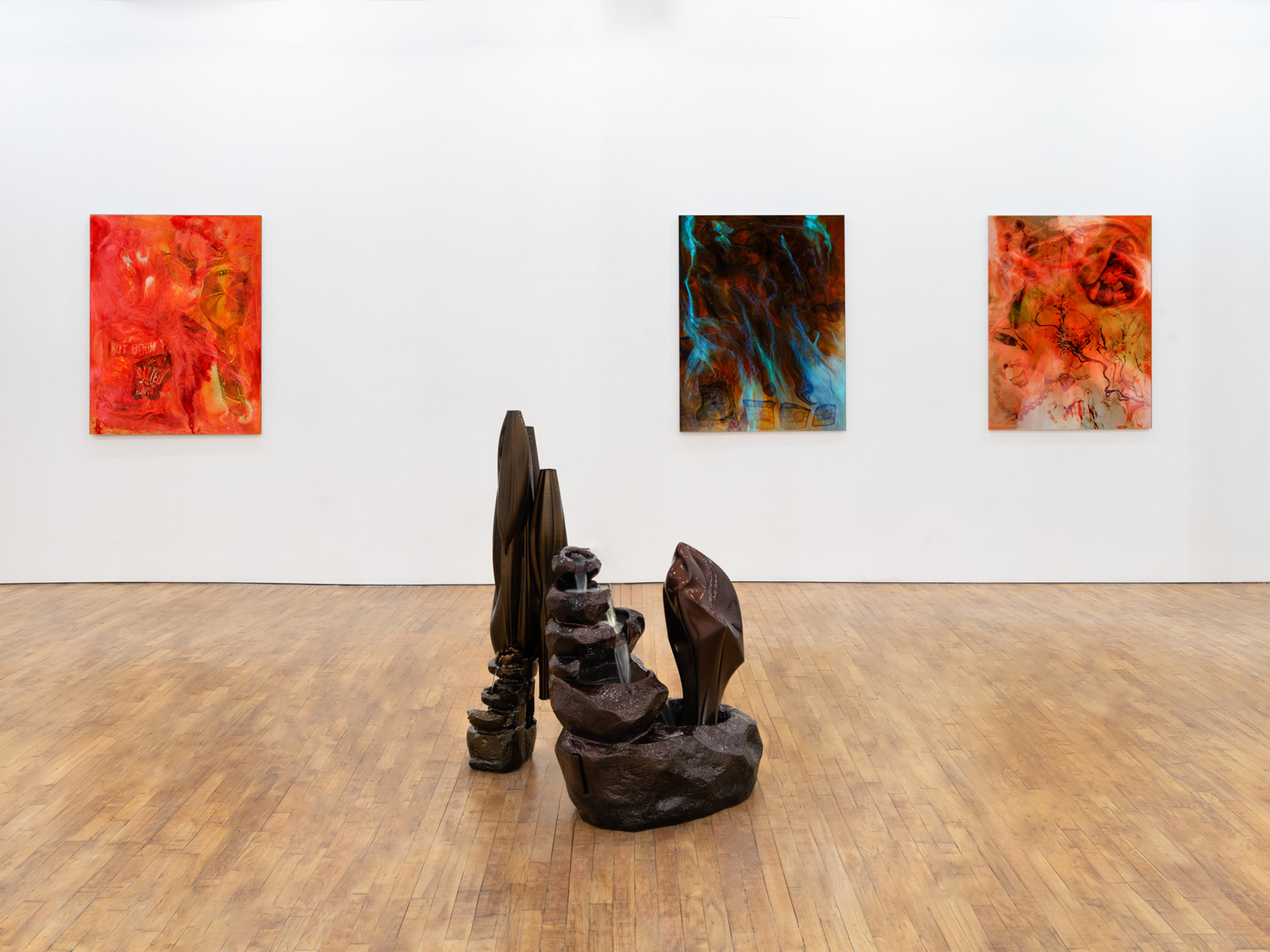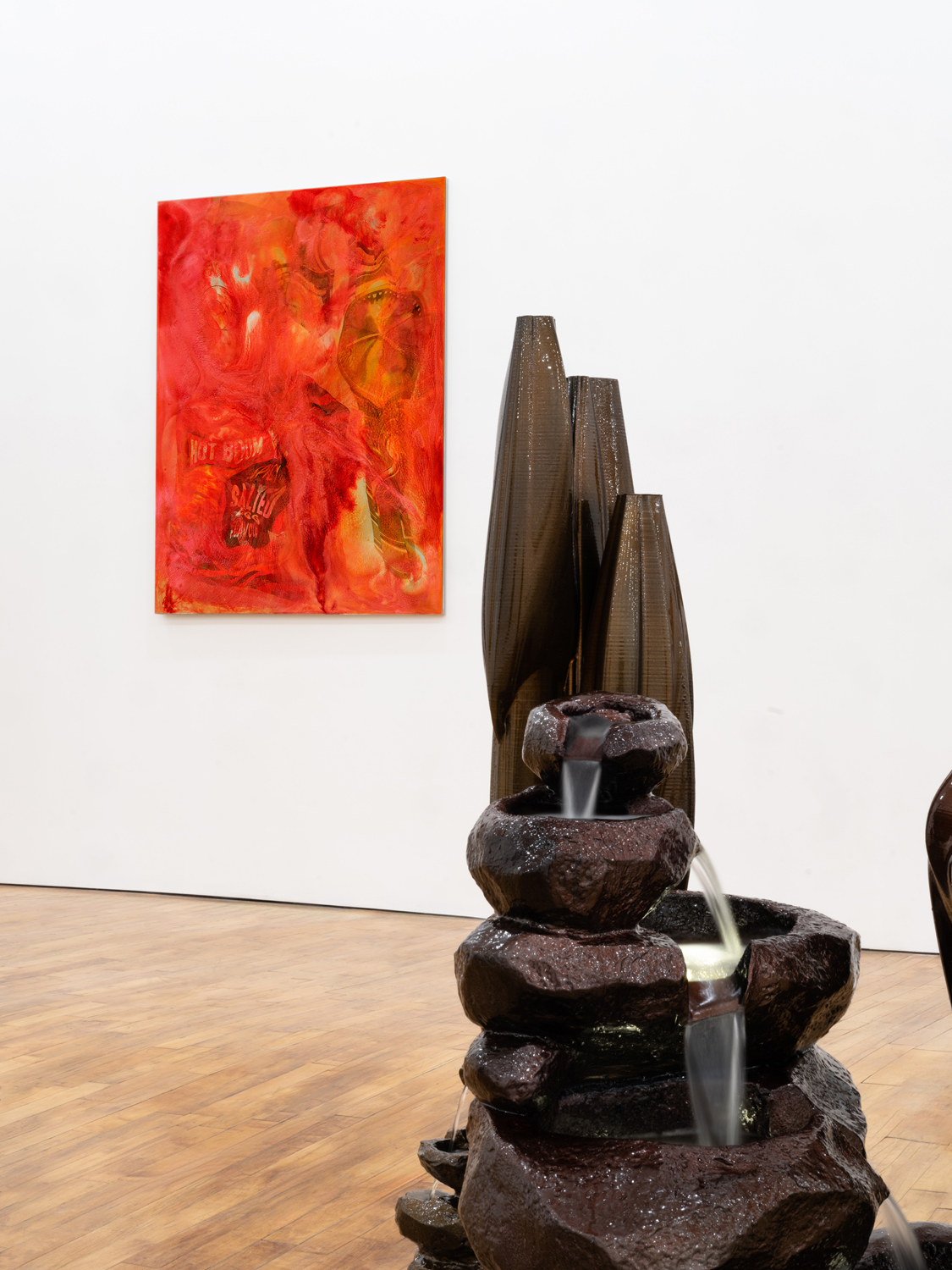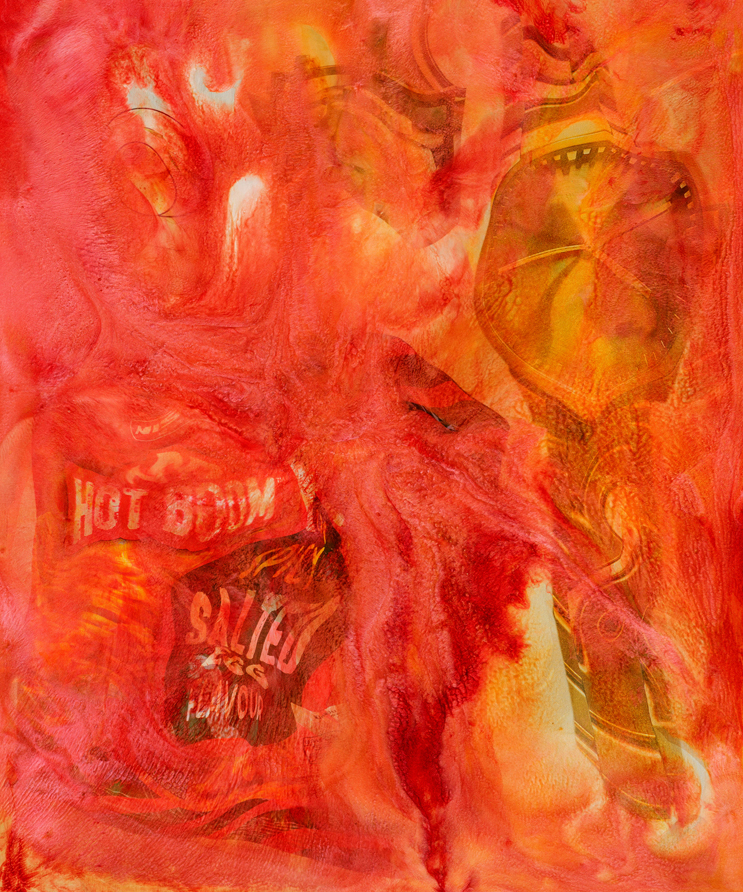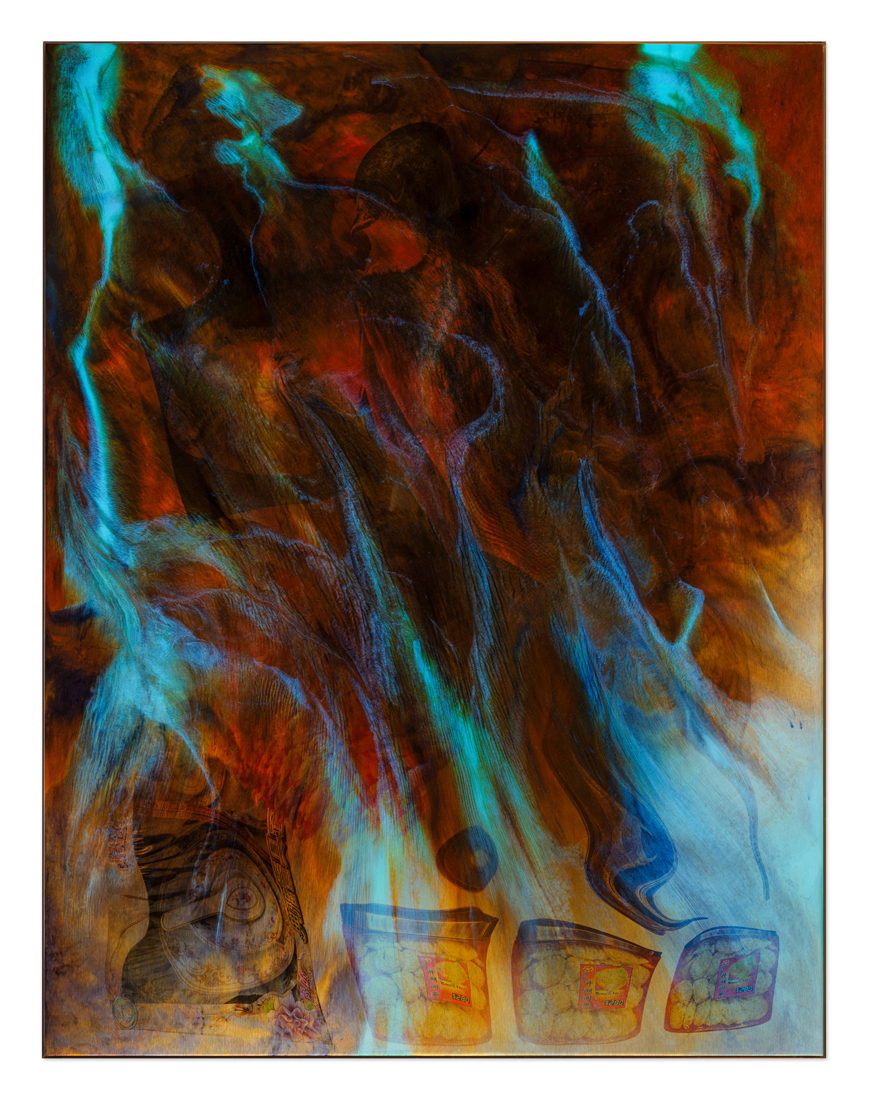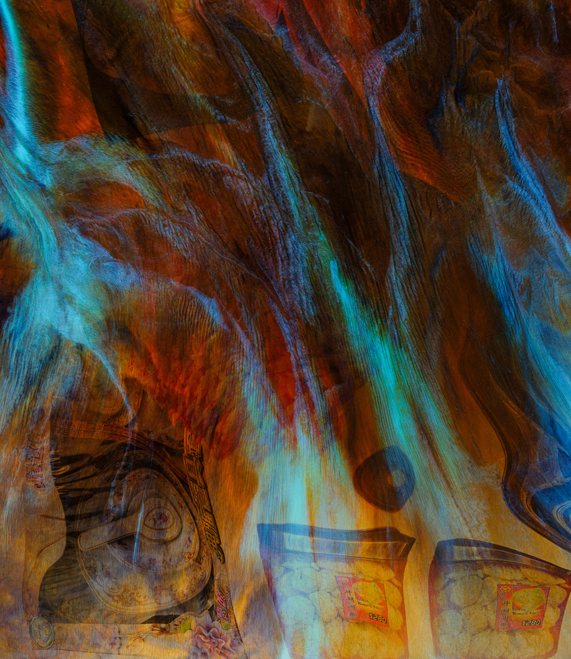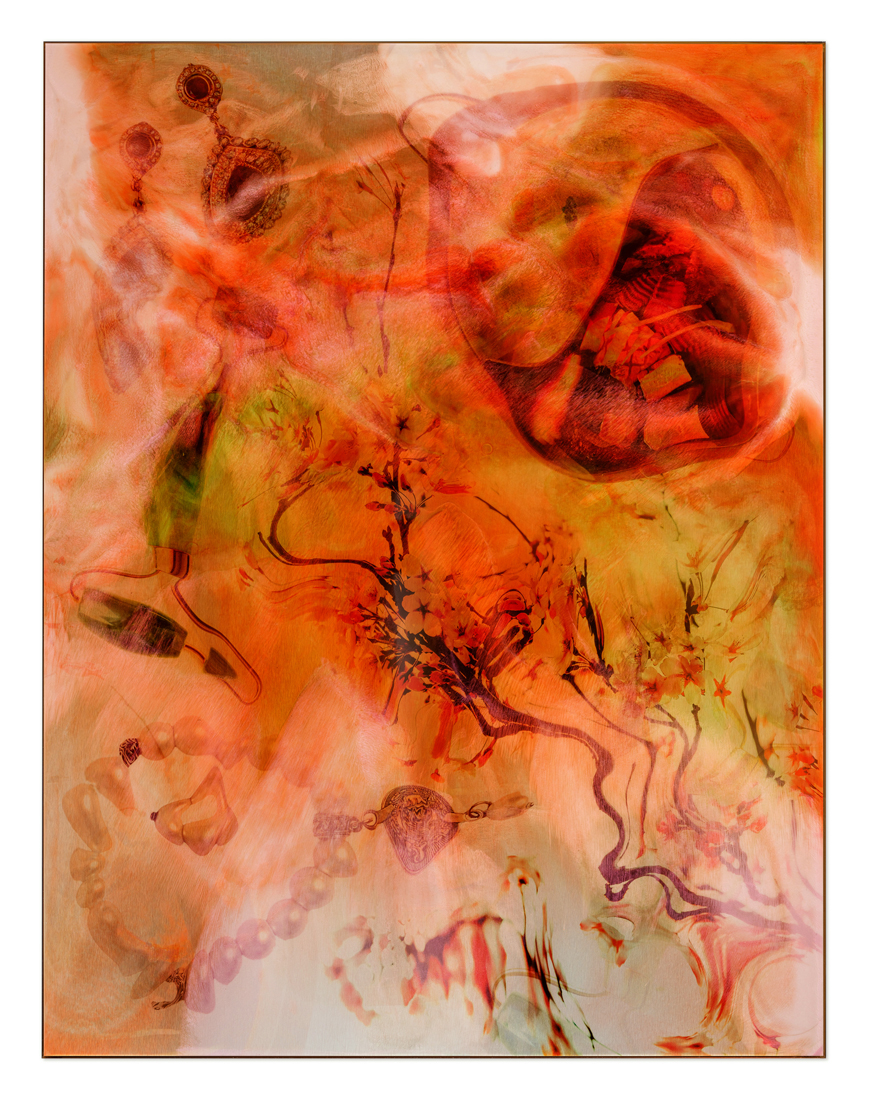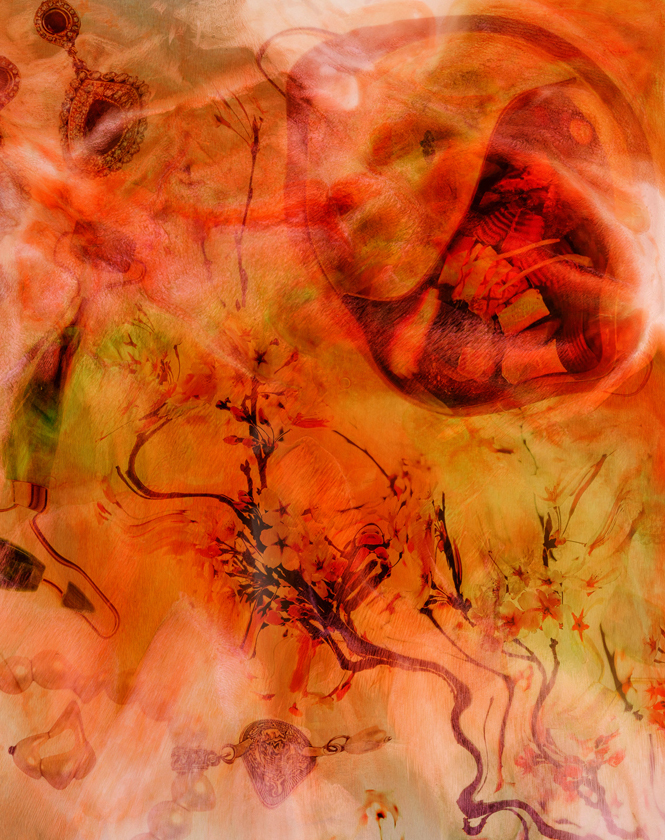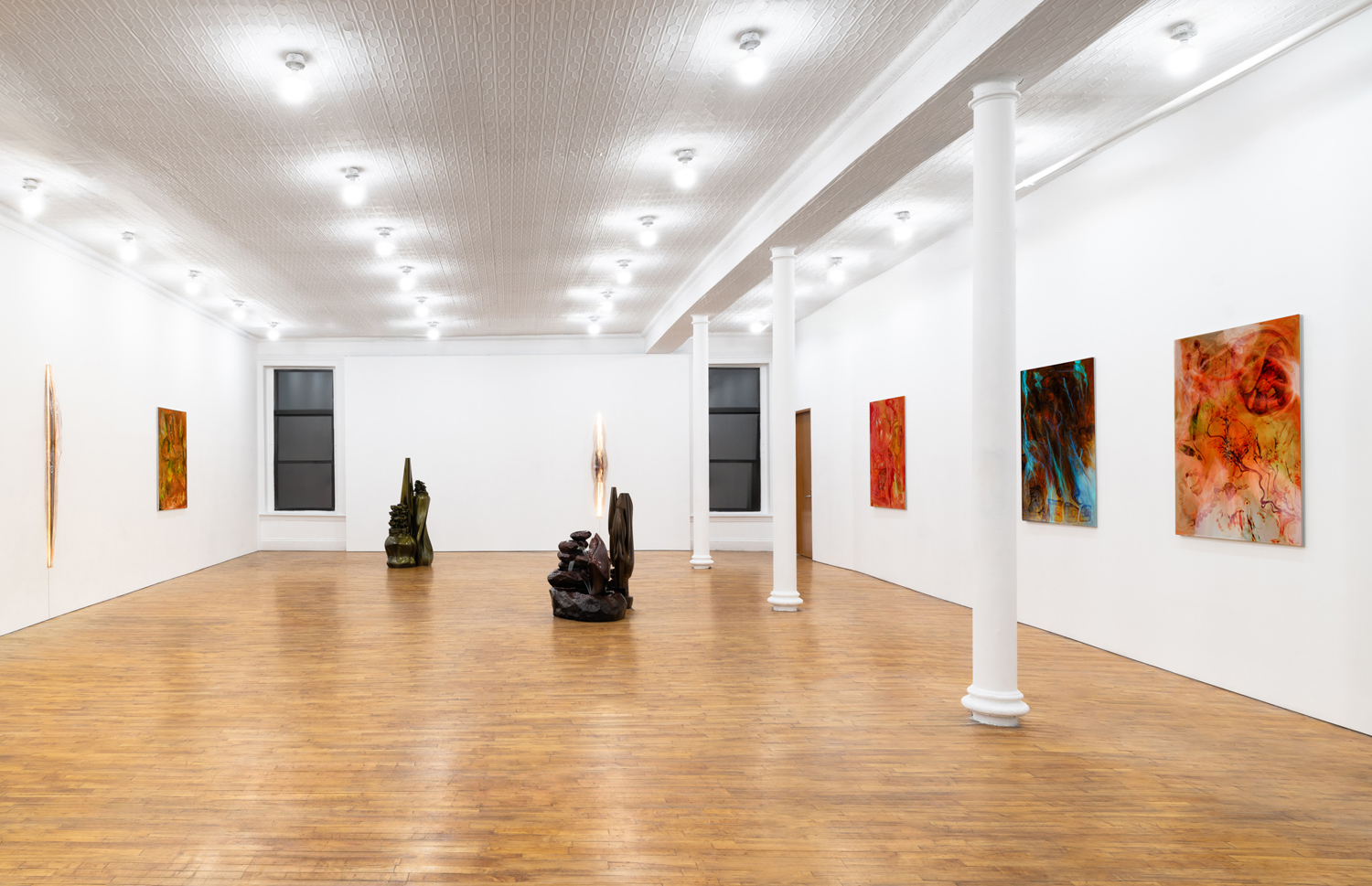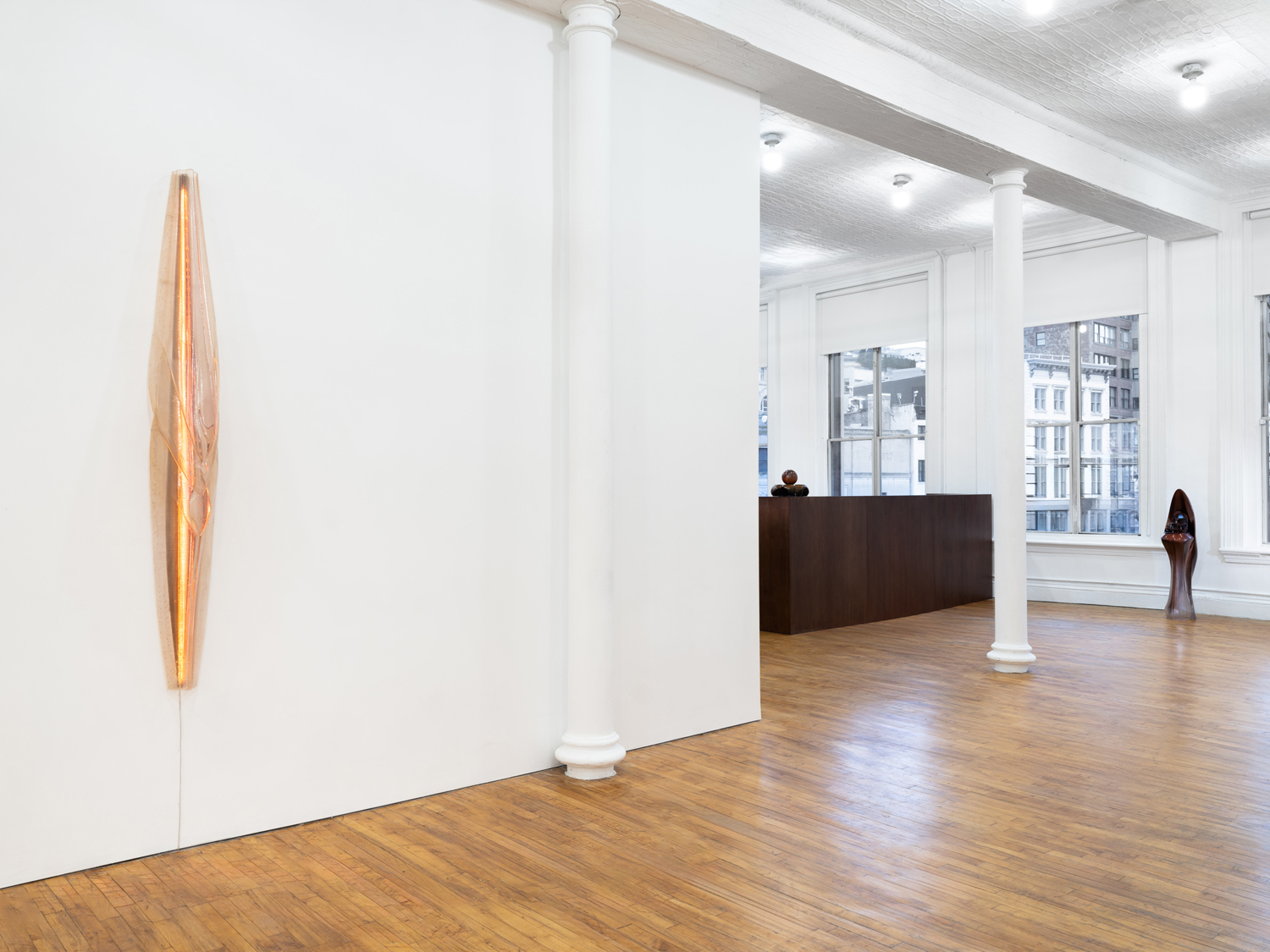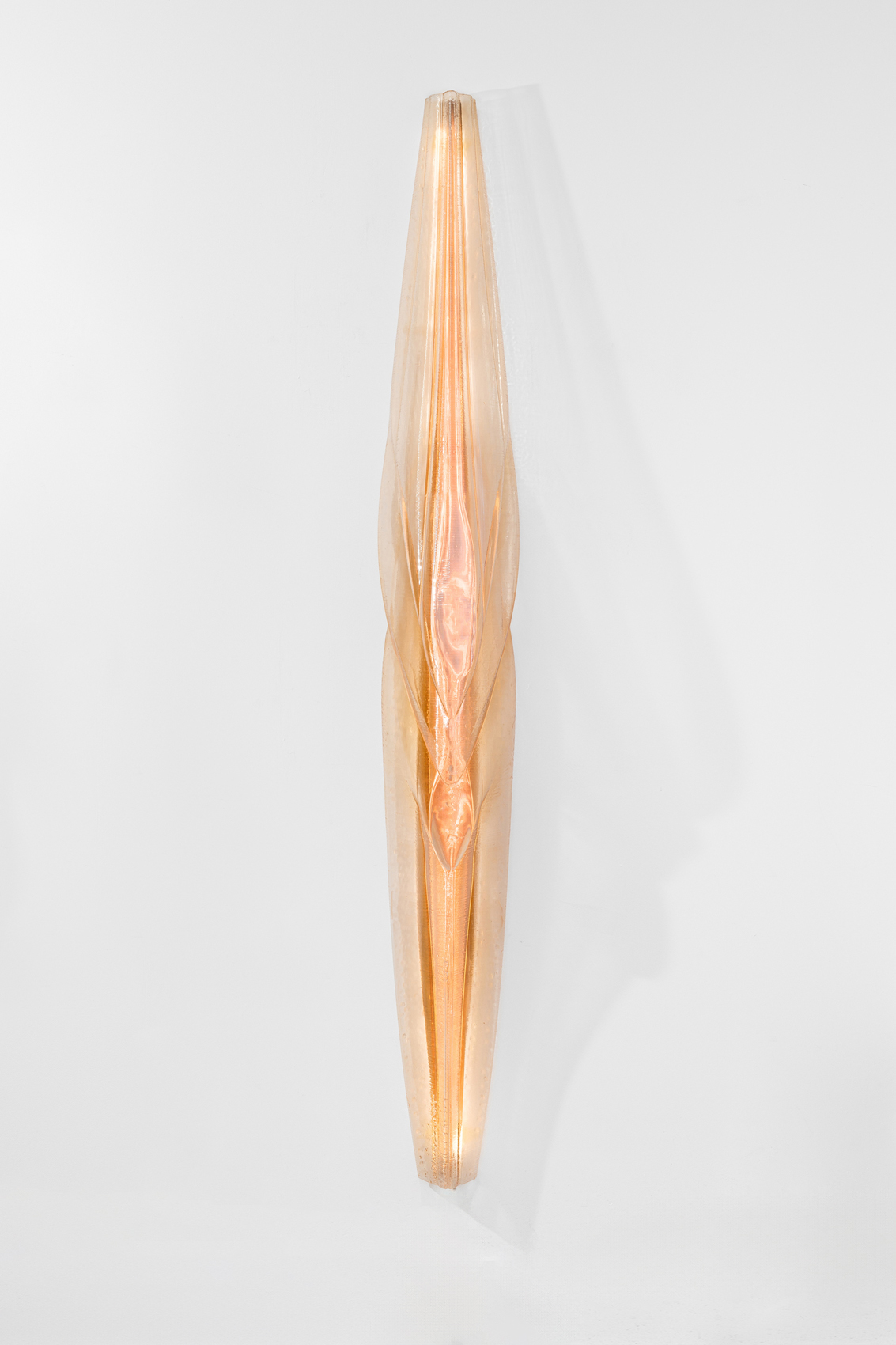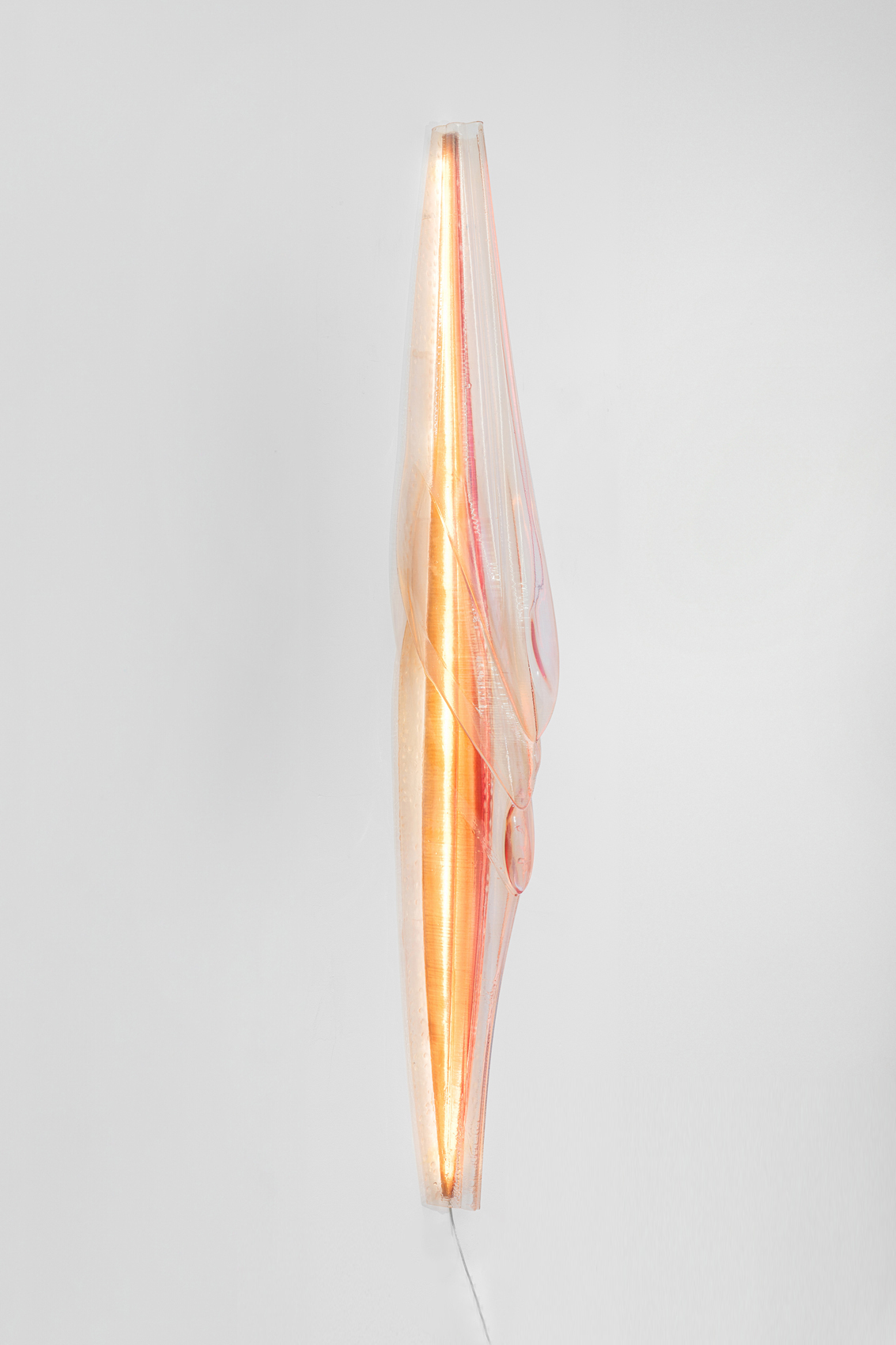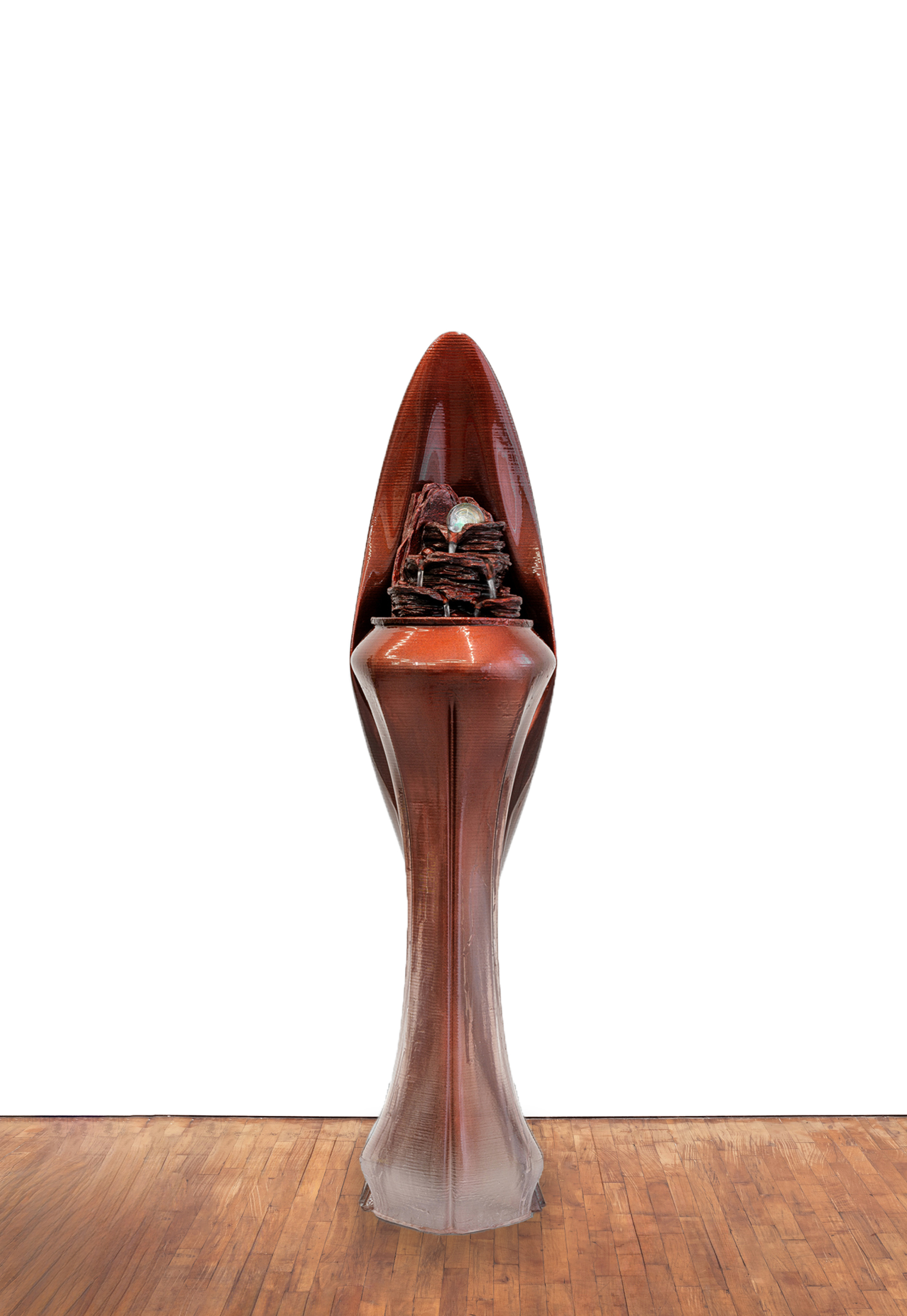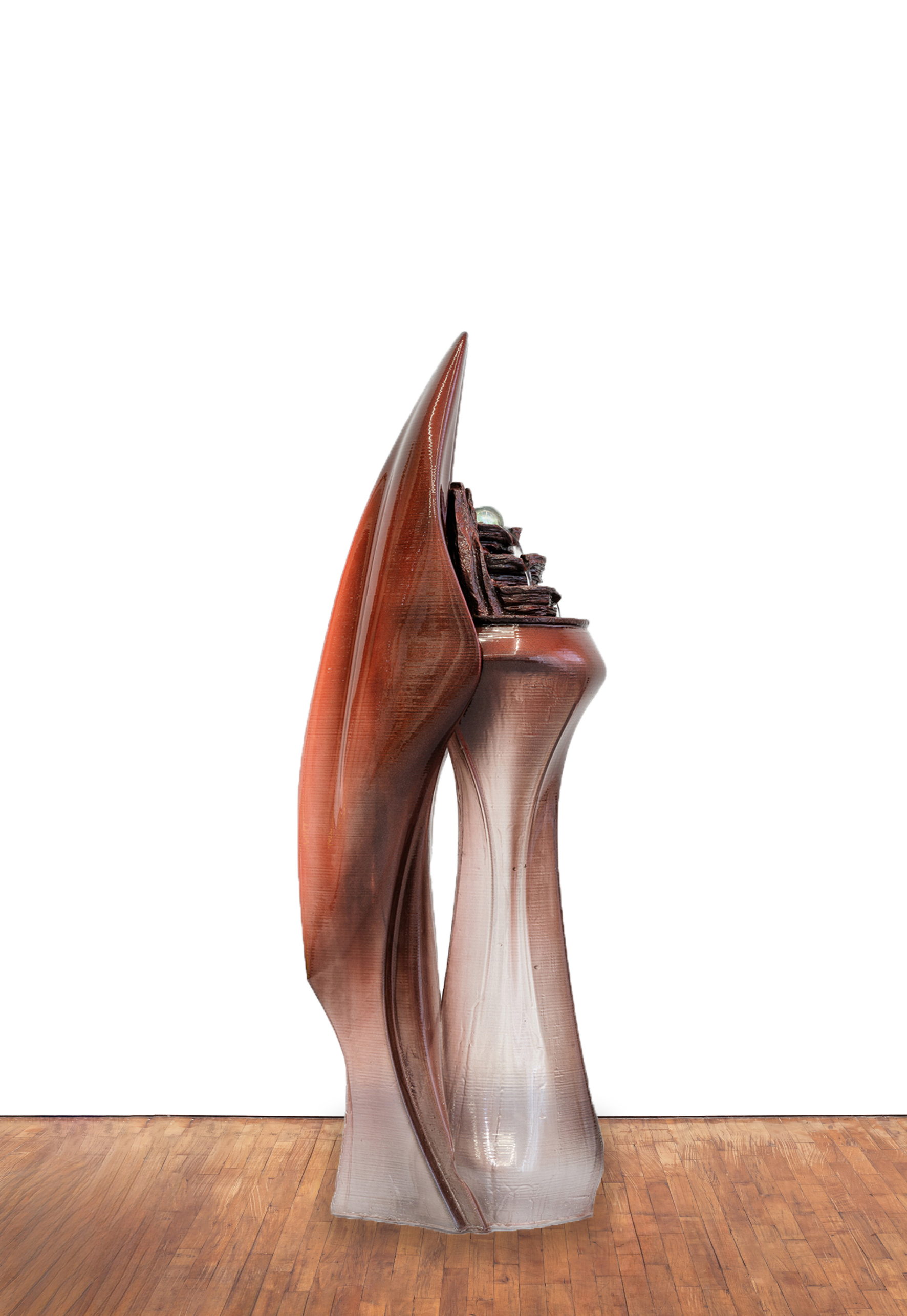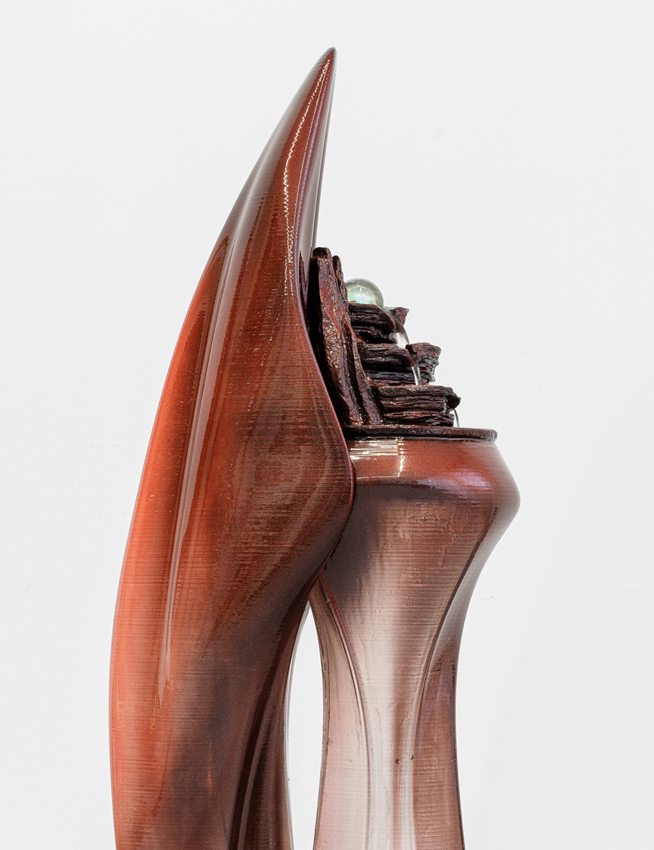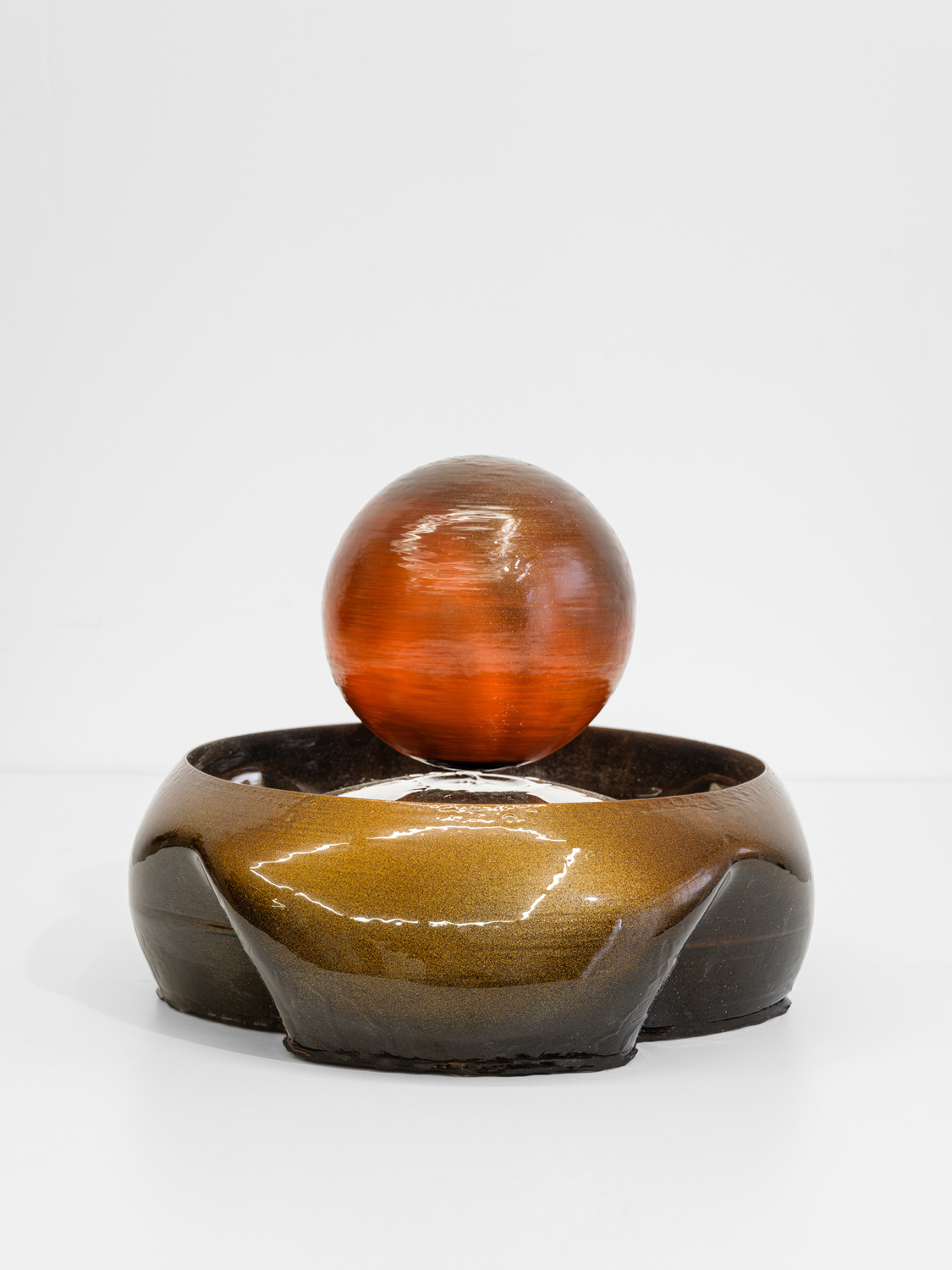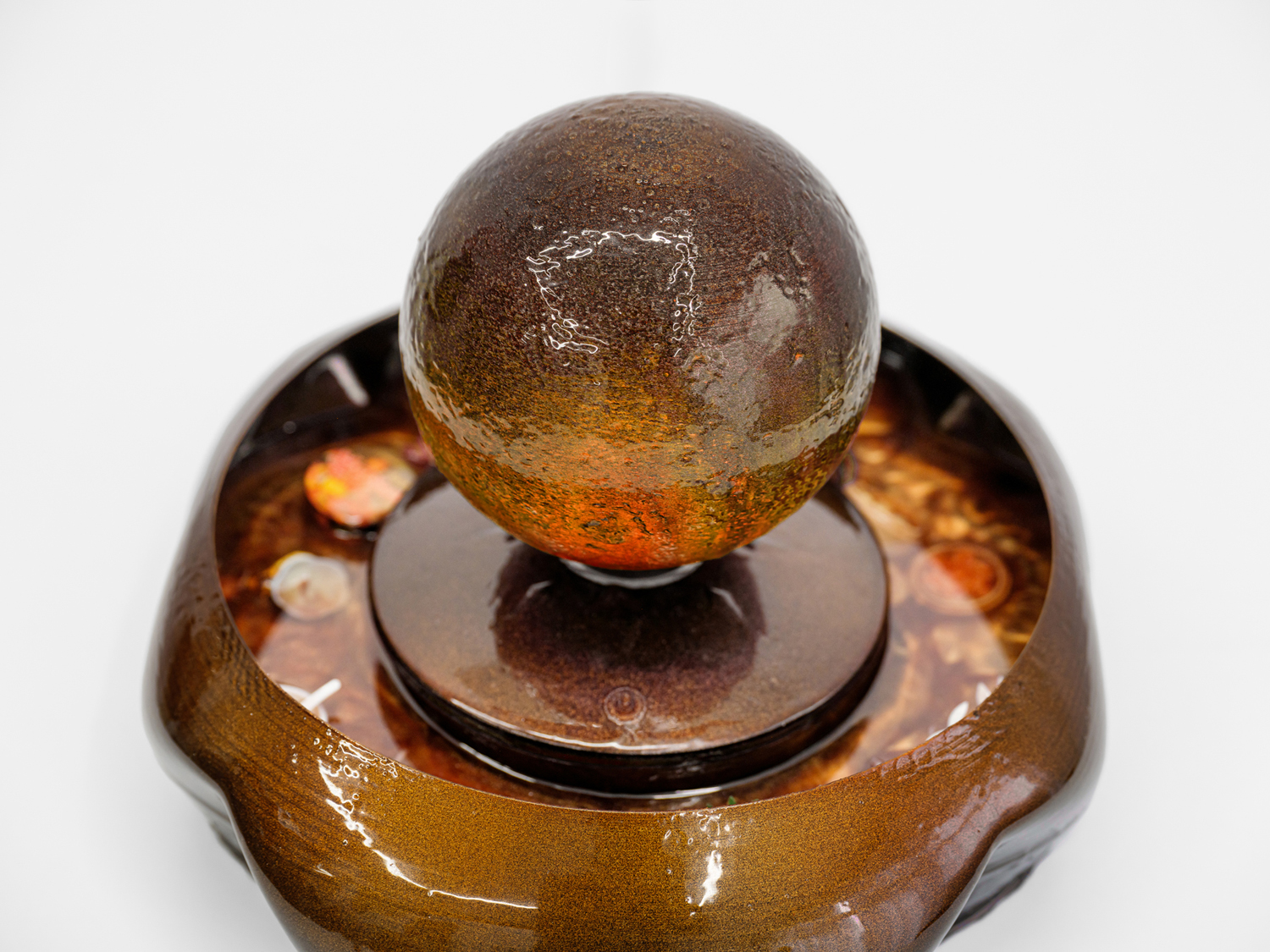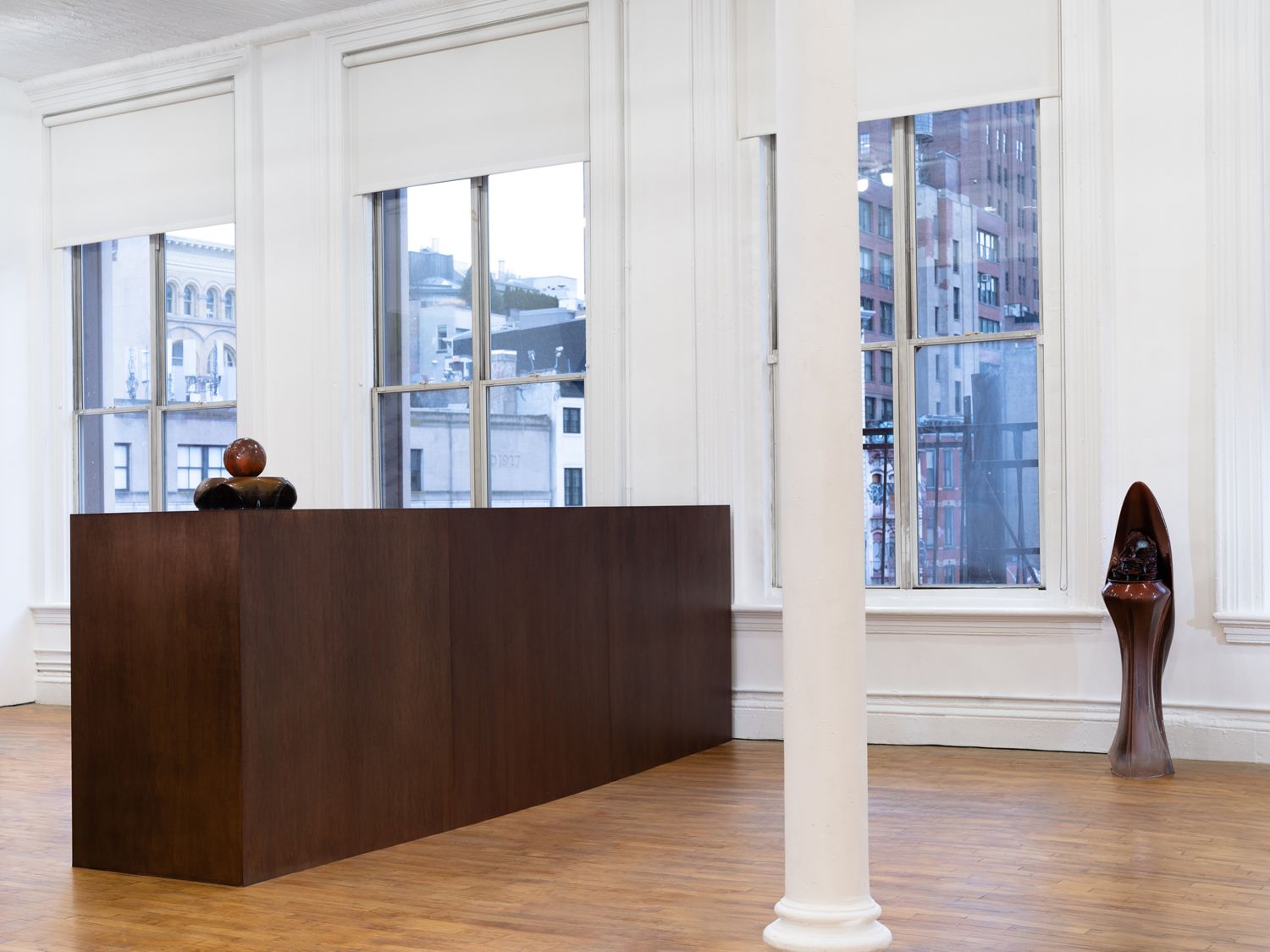When Kim first asked me to write this exhibition text, I thought our conversations would lead elsewhere, like, to the pictures, to Star Trek, Ridley Scott, H.R. Giger, i.e., into the time-spiraling aesthetics and f/x of sci-fi place-making; or, into the equally imagistic world of site-specific snacks and shared meals, like Hot Pot, instant ramen, rare Pringles, elusive KitKats. Then, you know, while musing on this exhibition, and all that Kim has in his artistic stock, I found myself thinking to an essay I’d read eons ago, in which Bruce Hainley poses the question of why any of us put up with the “miserablism” of art writing, even though one loves the work, given that, as he writes: “I mean, you already know the drill, exhibition calendars arranged two or more years out, the fact that some kind of text, almost without exception, no matter how pointless, will be printed, yet writers are the last to be considered, their “product” often relegated to the status of ad copy to flow around the pictures.” My intention is not to make a plaintive point regarding the task of writing per se, so bear with me; I promise this is going somewhere. Focusing on the latter half of Hainley’s sentence, and thinking into the life of an idea that becomes a form, a product, and is then relegated to a proper place within a circulatory status that flows - around - “the pictures,” I came to understand Kim’s Master Stock as simmering notions of temporality, the potential infinity of cultural provisions, accumulation, and versions of the same, which, through a series of elisions, came to articulate a concern on the ‘drill’: of production, of assessing value, making things work, in the context of streams, flows—of information, imagery, diaspora. No doubt the abstracted zen fountains, caching Chinatown charms and imports, and levitating orbs, draw attention to the material conditions prefiguring all aesthetic enterprising. But, more precisely, the works entice as attractive openings into alternative systems of meaning-making, pushing the metaphysical, as spirit-matter mash-ups vesting space with more intangible significations.
Kim, notably, worked on the installation with a Feng Shui master to actualize more specific forms of ‘flow’ amongst its various elements. In this, the whole structure of meaning-making shifts, along with the value of writing about the objects, as even their speculative materiality—the illusive three-dimensionality of epoxy resins coating the most recent fountain works and ‘paintings,’ the gossamer plastics of the light fixtures, as in the 3D-printing technology employed—moves a viewer to think into, and around, the structural and semantic elisions underwriting their making. Materials, formal methods and systems, aim to harmonize elements, per Feng Shui tradition, to ensure continuity in thought, as good fortune bestowed on our belief in art’s capaciousness. Fixing cosmic currents, or metaphysical flows, as systems of circulation equal to whatever stock we put in mediative language, Kim moves us to think about the works not only in their relegated place in contemporary art, but for the private forms (of life, language, meaning) that ‘art’ caches and contains. So, sci-fi, alien aesthetics, and snacks, sure; but something else, too: a private language on the invisible side of words. It recalls something Foucault wrote, in an essay contemplating the force and directionality of attraction: “In short, it is no longer discourse and the communication of meaning, but a spreading forth of language in its raw state, an unfolding of pure exteriority.” Kim had, at some point, described the works to me as conduits, vectors. Objects that determine direction, through which things may pass. And so, in this continuous passage, in the transient drift and semantic displacement, it seems that movement feeds the system. Small tokens, like charm bracelets, tiny Hot Pots, flowers, cigarette packs, are fixed beneath the works’ surfaces, to create this attractive motion. Kim has us gaze into what’s beyond the surface, outside of fixed meaning, per Foucault: “To be attracted is not to be beckoned by the allure of the outside; rather, it is to experience in emptiness and destitution the presence of the outside and, tied to that presence, the fact that one is irremediably outside the outside.”
In this, something of a transcendental placelessness haunts, or drives, Kim’s attraction to alien forms, always alluding to referents ever-elsewhere: location unknown. Or, otherworldly, not alien: though this , Kim’s aesthetic enterprising into the dim glow of new materialisms, probing cultural hybridization’s auratic commodification, enticed in the works is a more attractive force that draws thought to the outside: a spiritualism, built in the transcendence of physical site. Alas, as Georg Lukacs writes, “every form is the resolution of a fundamental dissonance of existence; every form restores the absurd to its proper place as the vehicle, the necessary condition of meaning.” That is, I’d come to understand the works, in all their transversality, as constantly poised in a condition of becoming, and so mapping a field of experience marked by a structural sense of loss, of dispossession, or disbelonging, un-grounded by the feeling that we no longer have a “world’"left as a symbolic structure to lean on. No sense of universal belonging, or any cogent idea of "home”’ and, still, in the propositional logic and tactile empire of Kim’s work, processes of extraction, reduction, and recombination manage to create the marvelous possibility of an opening, leading to some ideal, anti-geographical space, commingling history and fantasy, real being and sim-citizenship. After all, the formal logic lies in the continuous erosion of traditional strategies of cultural coherence, as in the elision of place, as new found ways to encounter the physical world, as a necessary condition of diasporic being.
